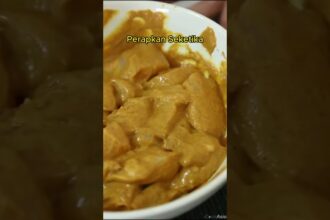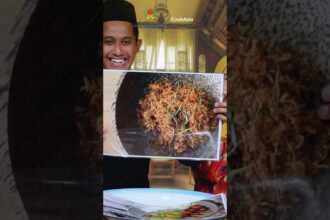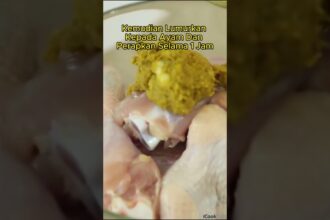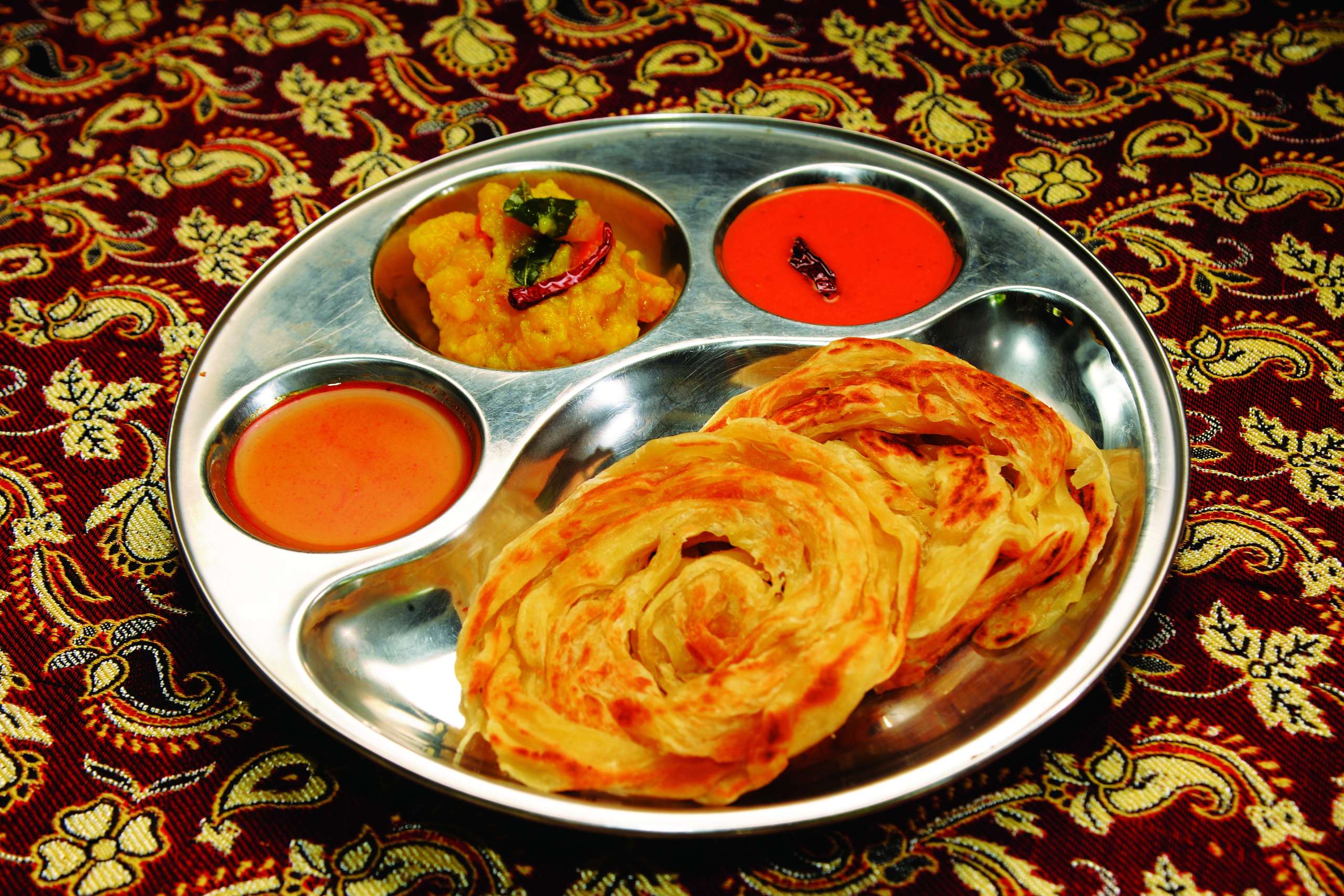MALAYSIA’S CULINARY HERITAGE
What is Heritage Food? Heritage food can be divided into 2 categories:
- Common foods which are part of our lives.
- Food that is and was once part of our culture but are slowly dying out.
The Department of National Heritage (Jabatan Warisan Negara) has identified 213 Malaysian foods as traditional foods (Masakan Warisan Negara) under the National Heritage Act 2005 (Act 645). The foods selected must meet the following criteria:
- Be eaten by all Malaysians regardless of their ethnicity (except in circumstances when it is against their religion).
- Can be eaten at all times and not just during festivals.
- It’s popular amongst all ethnic communities in Malaysia and foreigners.
Malaysia is a nation of tremendous ethnic diversity. The multicultural nature of the population – often described as rojak (a reference to a spicy mixed salad) – goes back a long way to the earliest habitation of the Peninsular. Since then, there have been continuous waves of immigrants from virtually all directions – from China, India, Sumatra and Java, and not to mention from the periods of Portuguese, Dutch and British colonization and increasing interethnic contacts and influences that have resulted in a polyglot nation of ethnicities, religions, cultures and traditions. It has also resulted in a Malaysian culinary style that is often described as a potpourri of traditions from its Malay, Bornean, Chinese, Indian and Indonesian citizens with varying degrees of influence from Dutch, Portuguese, British, Arabian, Turkish, Sri Lankan, Peranakan and Thai cuisines, among others.
The recipes of all the 213 foods that have been declared as traditional food are captured in all its glory in Malaysia’s Culinary Heritage.
- Malay Culinary Traditions
Bland is never associated with Malay cuisine. It is distinguished by signature ingredients such as coconut milk, chillies and belacan (shrimp paste). The combination of these lends the hot and spicy flavours that the Malay palate demands. A typical Malay meal is exemplified by nasi campur, consisting of white rice with a selection of meat or fish curries and vegetables. In the Northern and Eastern states of Malaysia some of the dishes have the influence from Thailand.
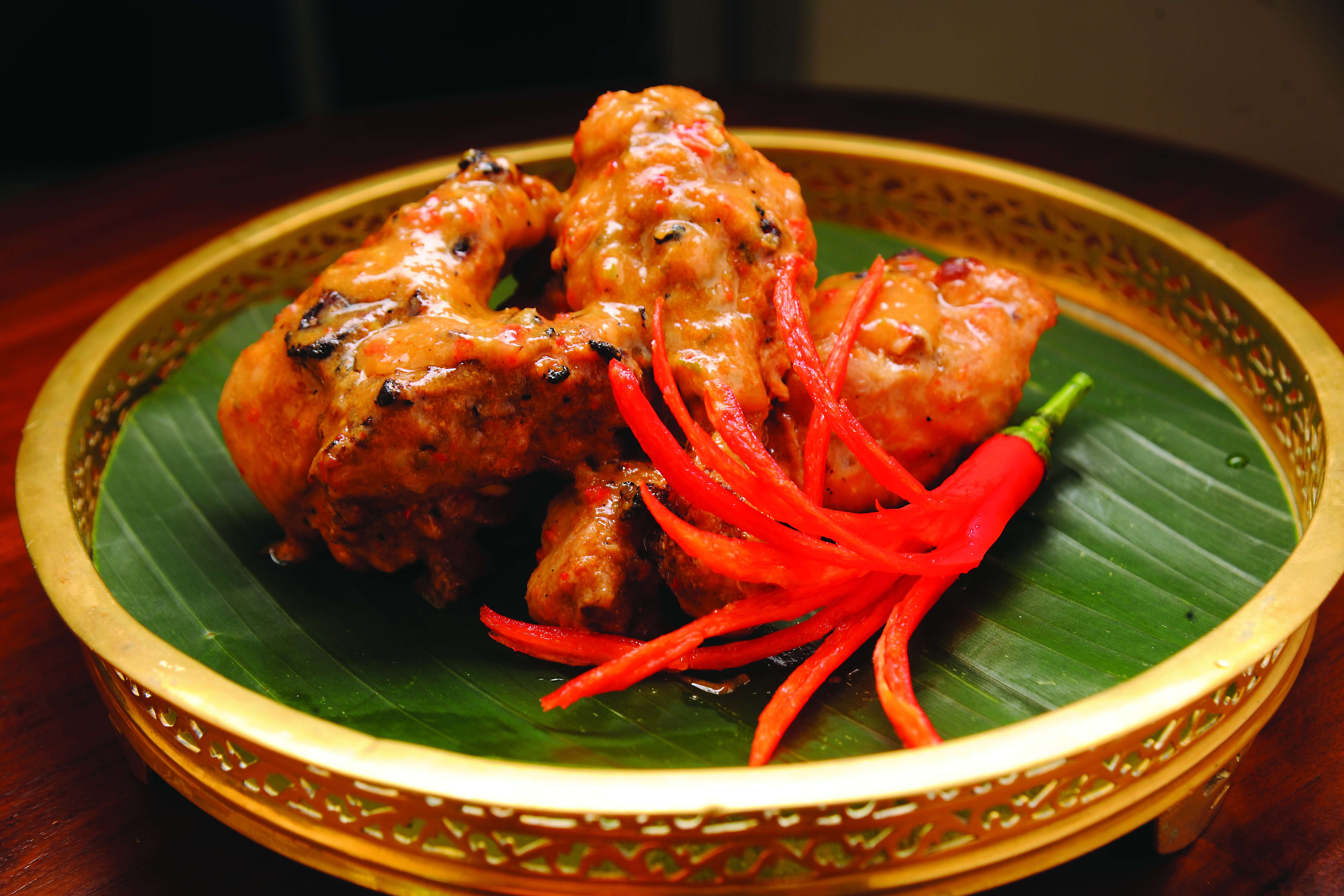 Ayam percik
Ayam percik
 Gulai tempoyak ikan patin
Gulai tempoyak ikan patin
 Gulai lemak lada padi
Gulai lemak lada padi
 Ikan cencaru sumbat
Ikan cencaru sumbat
 Lawa terong
Lawa terong
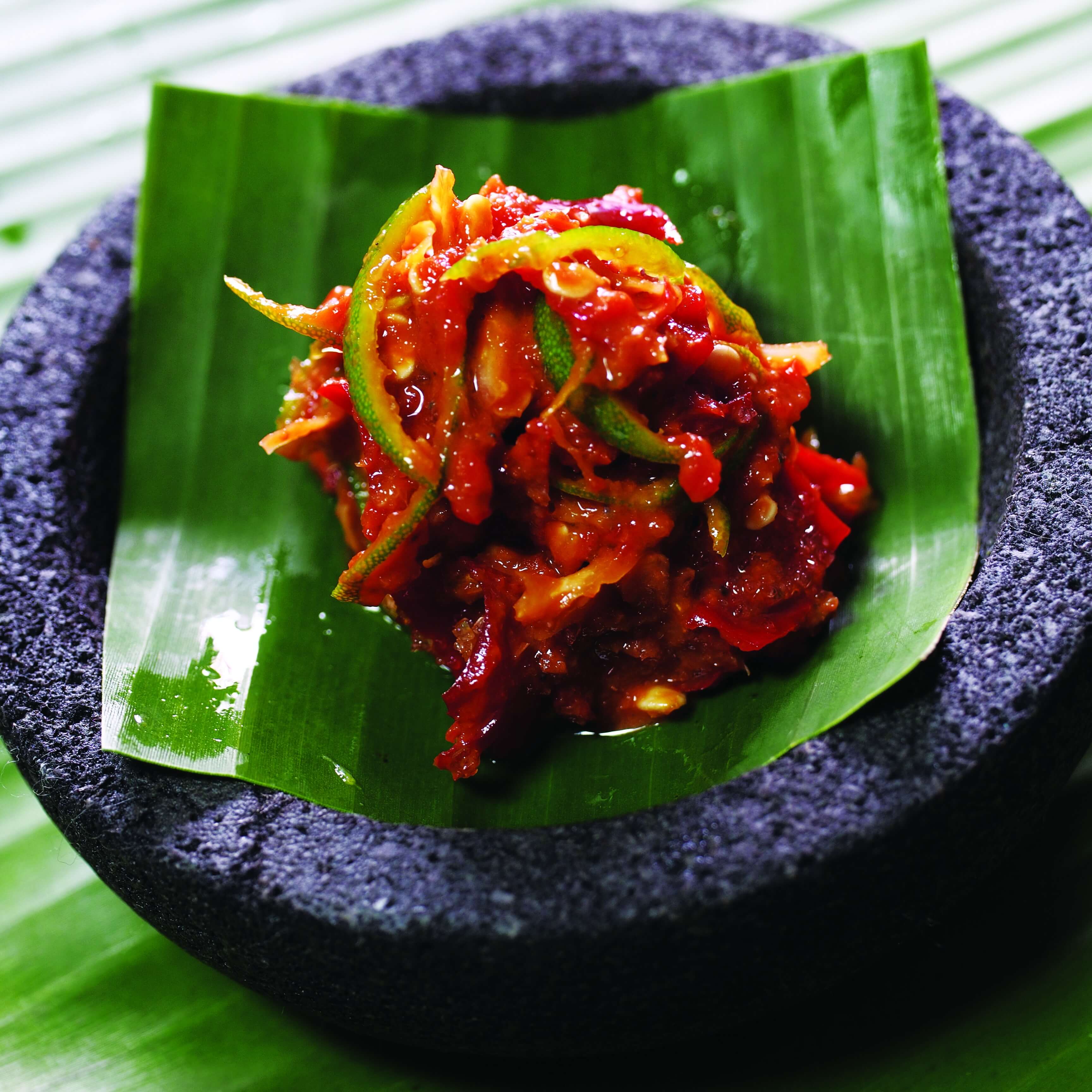 Sambal belacan
Sambal belacan
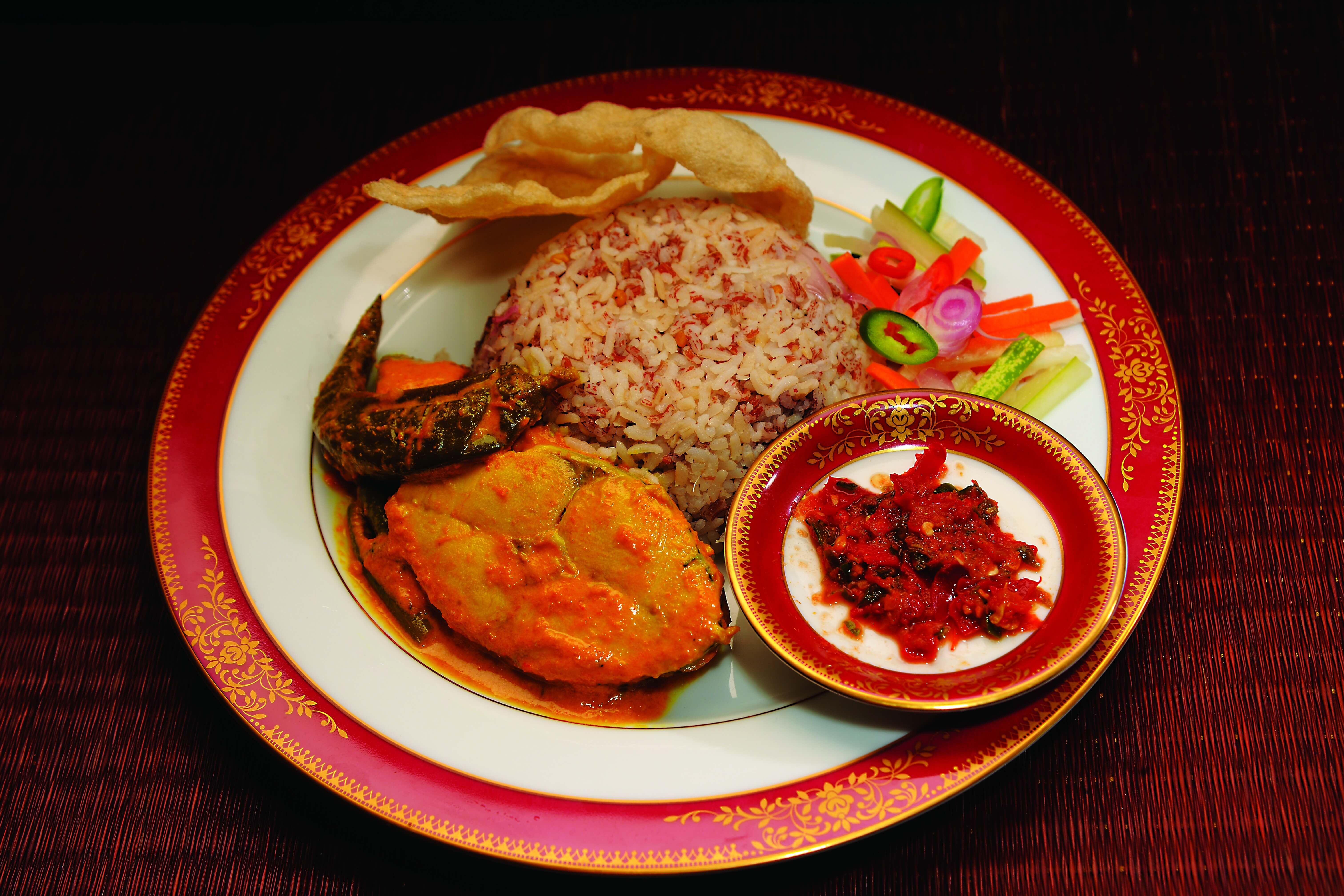
Nasi Dagang
2. Chinese Culinary Traditions
The Chinese immigrants who first arrived in Malaysia between the 15th and 20th centuries brought with them a tradition of food from their homeland, particularly from the southern Chinese province of Guangdong and Fujian. While the cooking styles of these traditions have retained their original characteristics, clever adaptations of indigenous cooking reflect a rich and varied Malaysian palate. Chinese cuisine, when prepared according to halal traditions, is enjoyed by Malaysians of other ethnic groups as well.
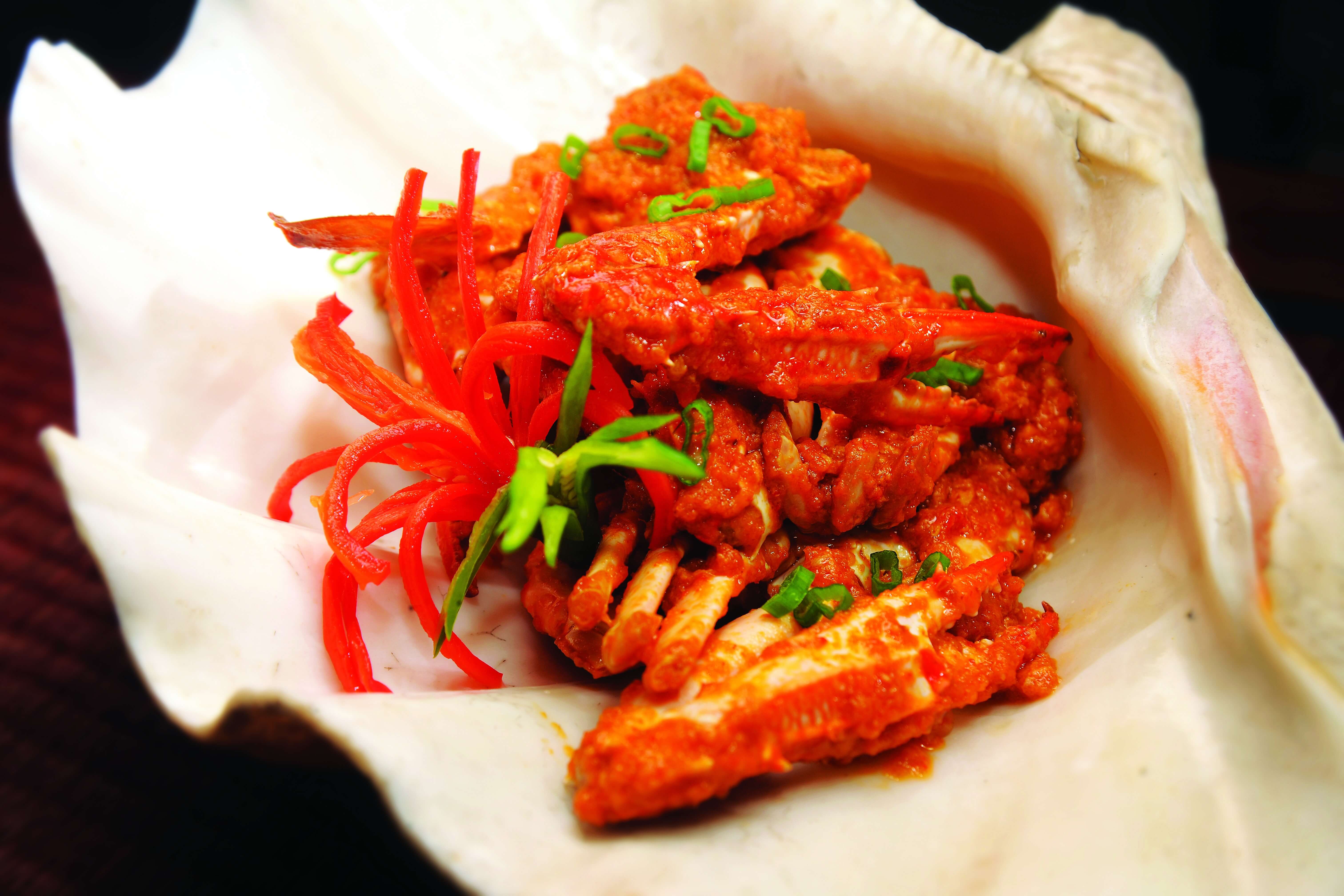 Ketam Belada
Ketam Belada
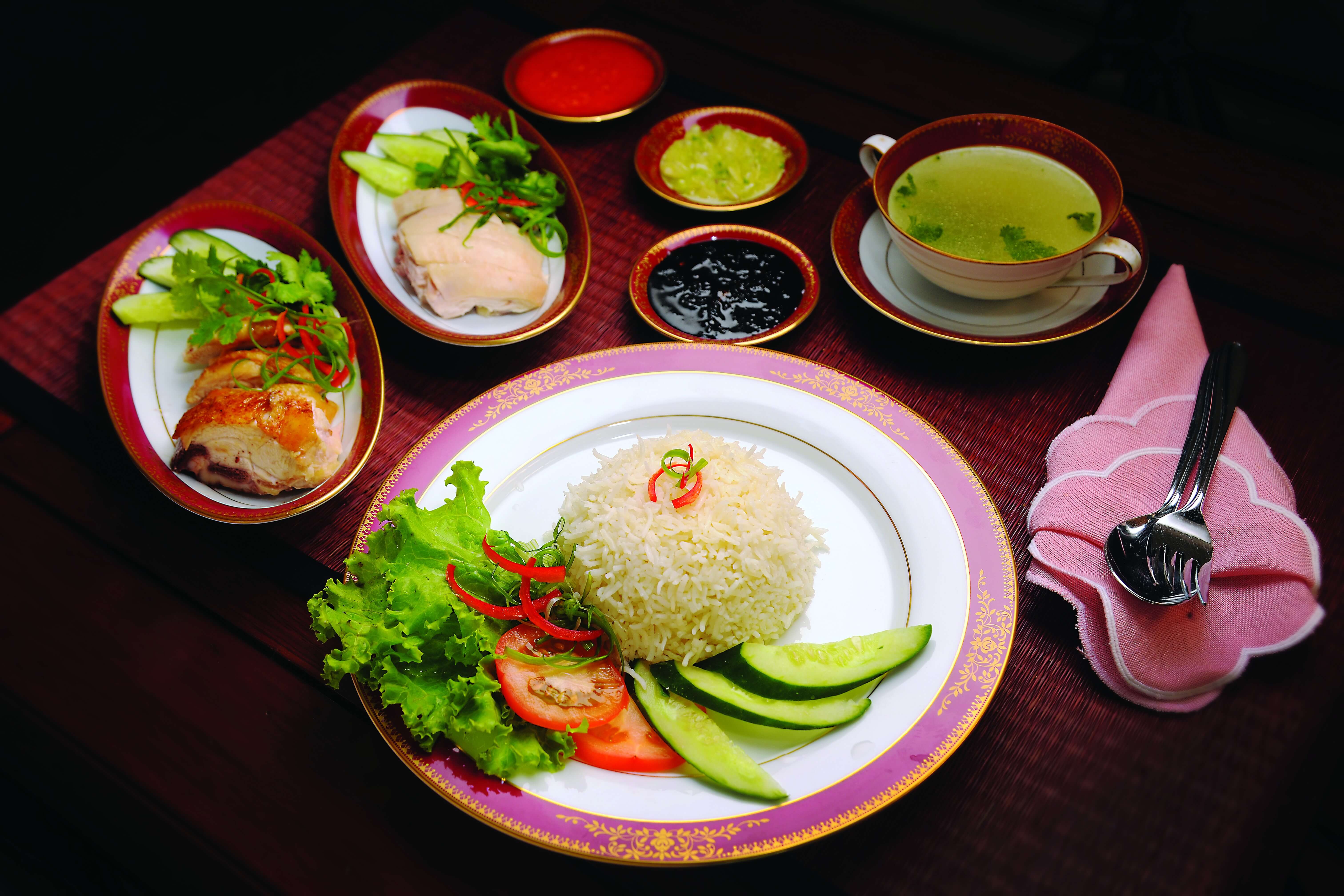 Nasi Ayam
Nasi Ayam
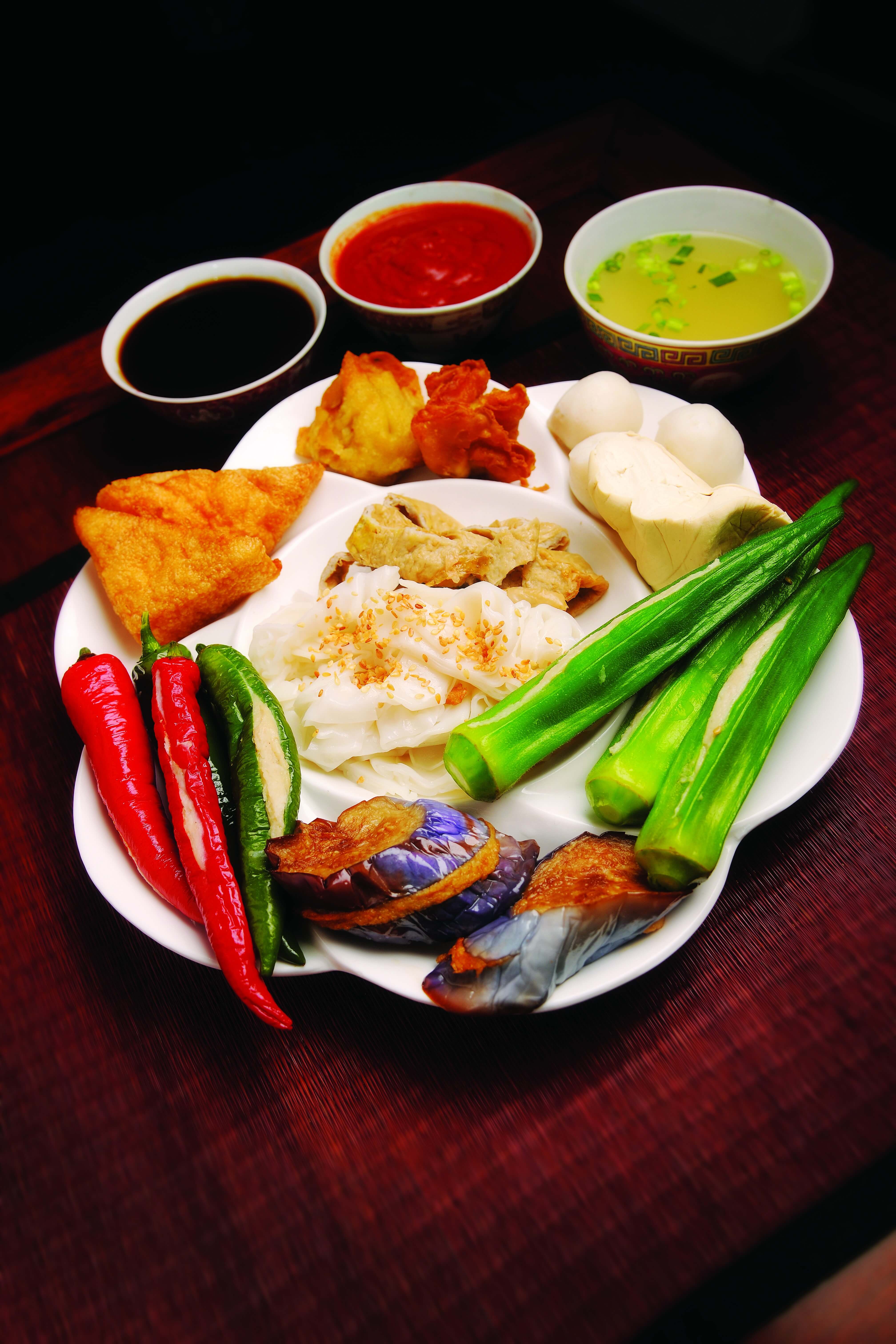 Yong Tau Foo
Yong Tau Foo
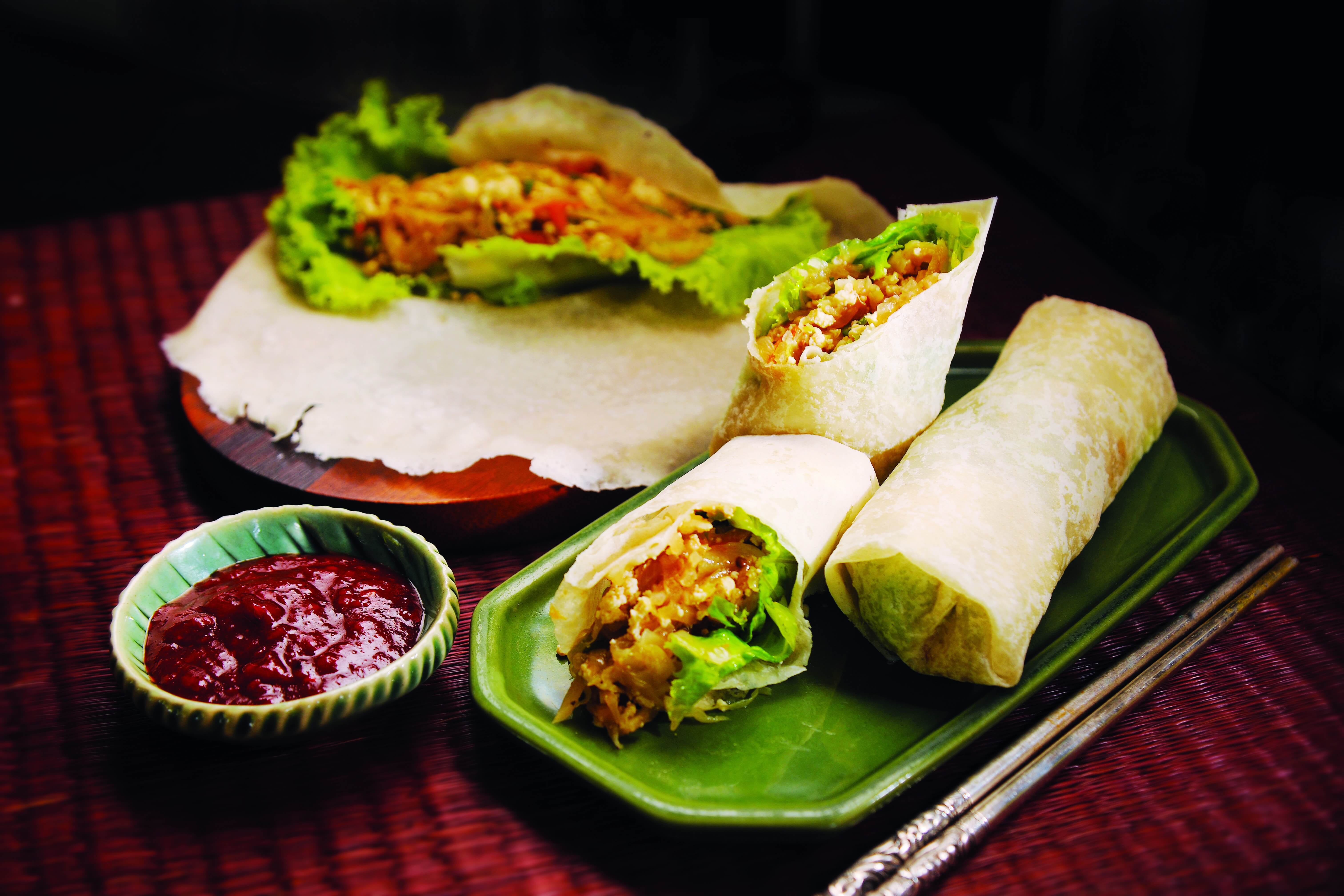 Po piah
Po piah
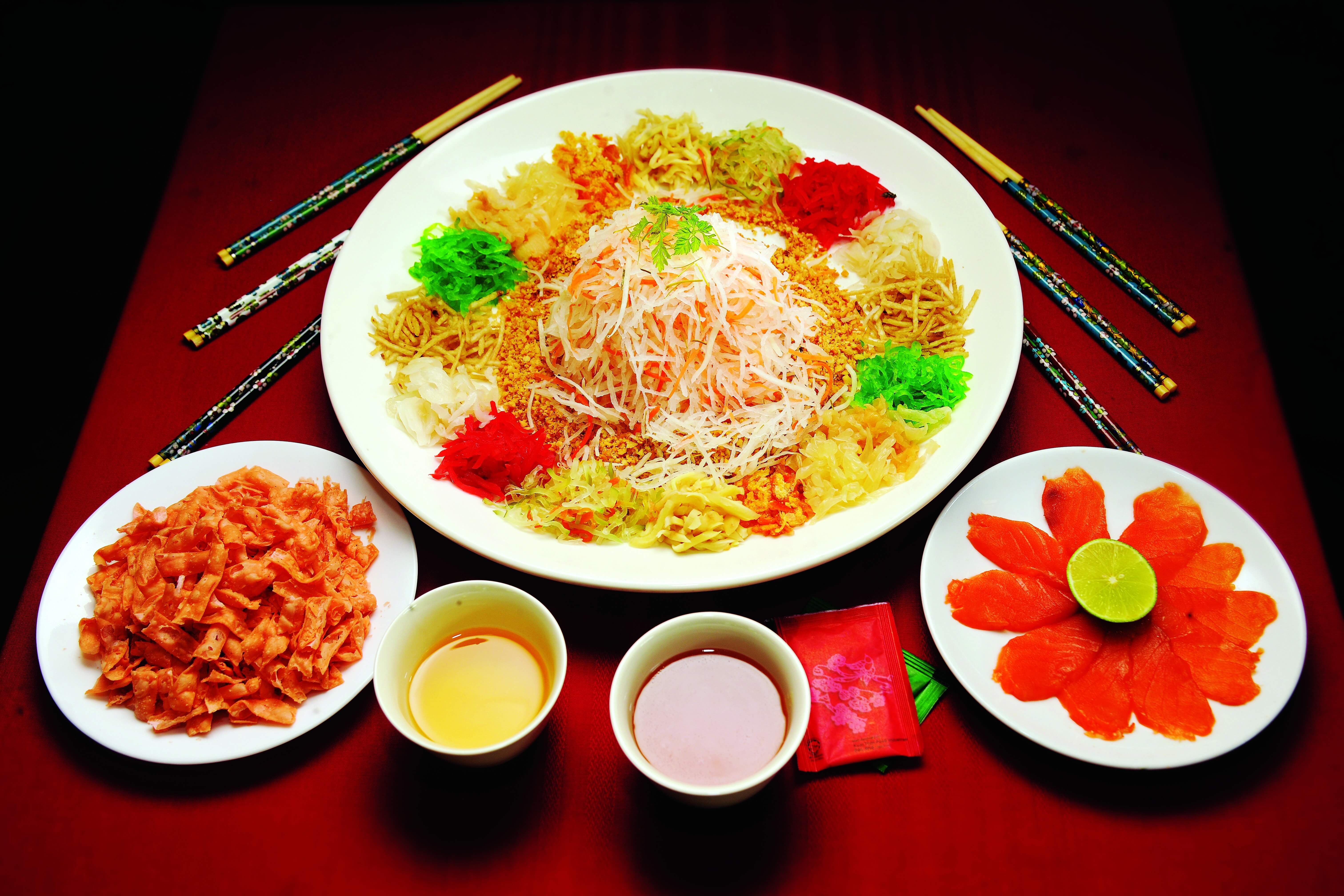 Yee Sang
Yee Sang
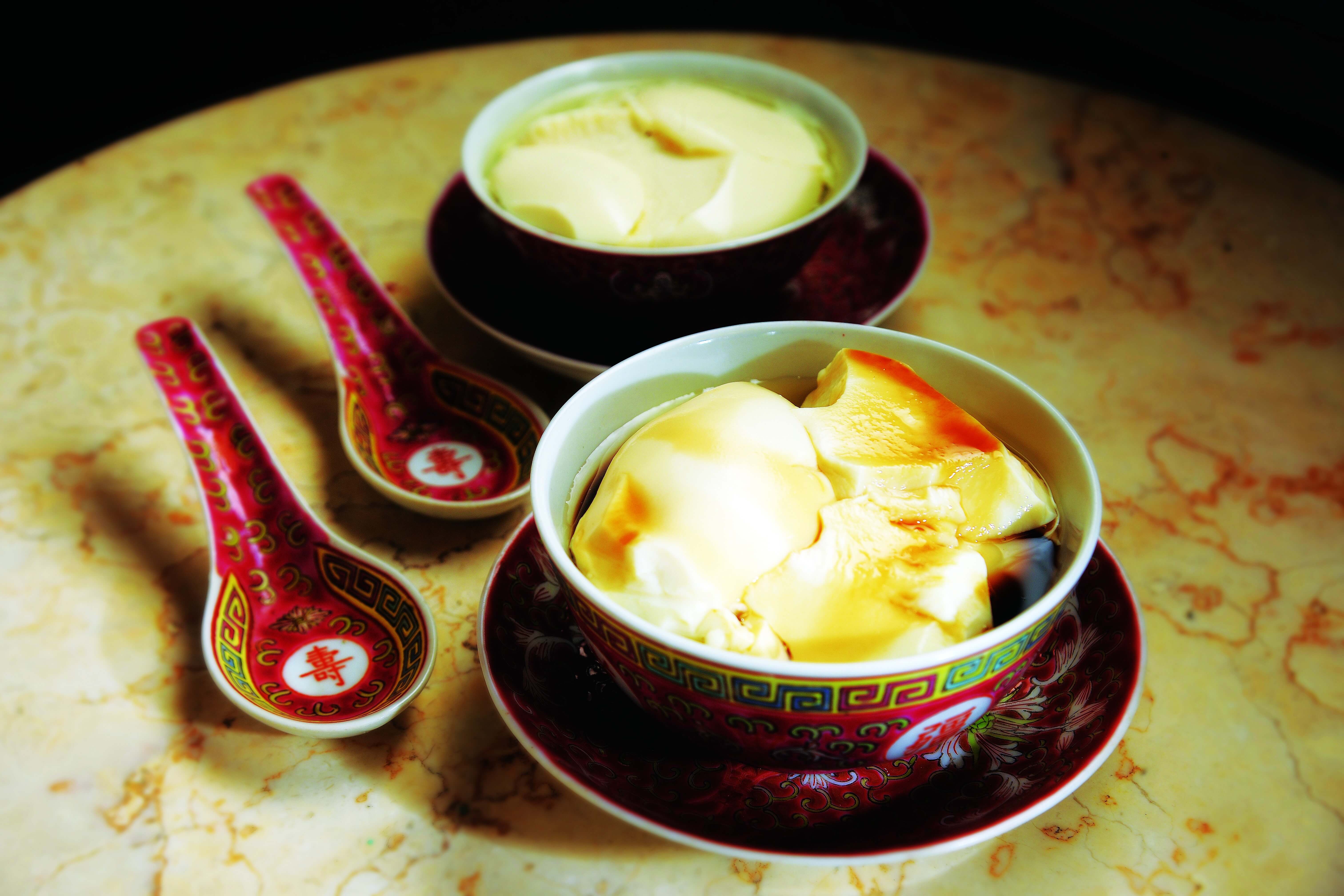 Tau Fu Fah
Tau Fu Fah
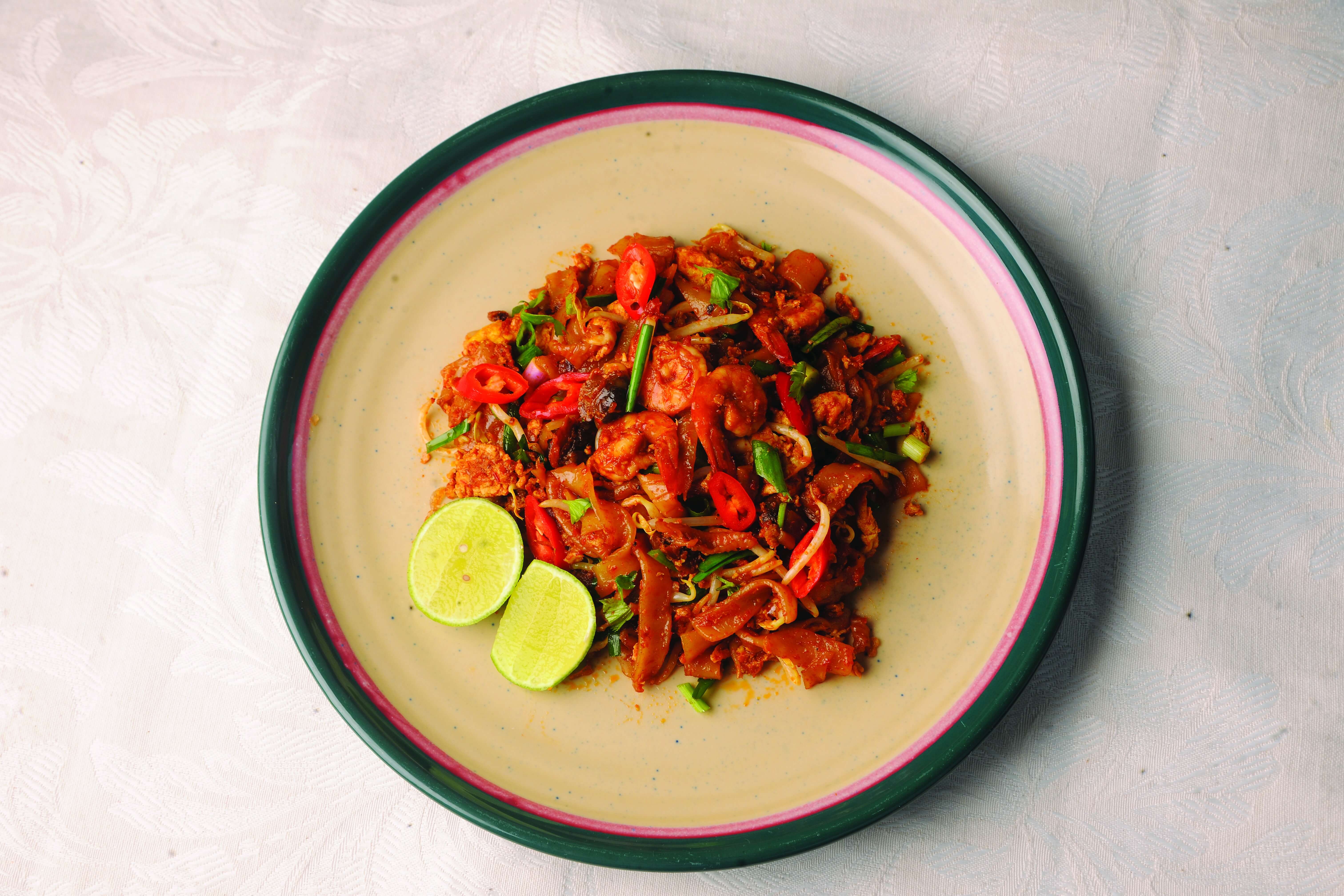 Char koay teow
Char koay teow
3. Indian Culinary Traditions
Indian food reflects the culinary traditions of southern and northern India as well as Sri Lanka, and those of the Indian Muslims, which were brought in by migrants in the 19th and 20th centuries. In the years since, Indian cooking styles mixed with the tastes in Malaysia, whilst retaining their original flavours and characteristics, have evolved within the local cultural milieu to adapt to an environment that is multicultural and diverse.
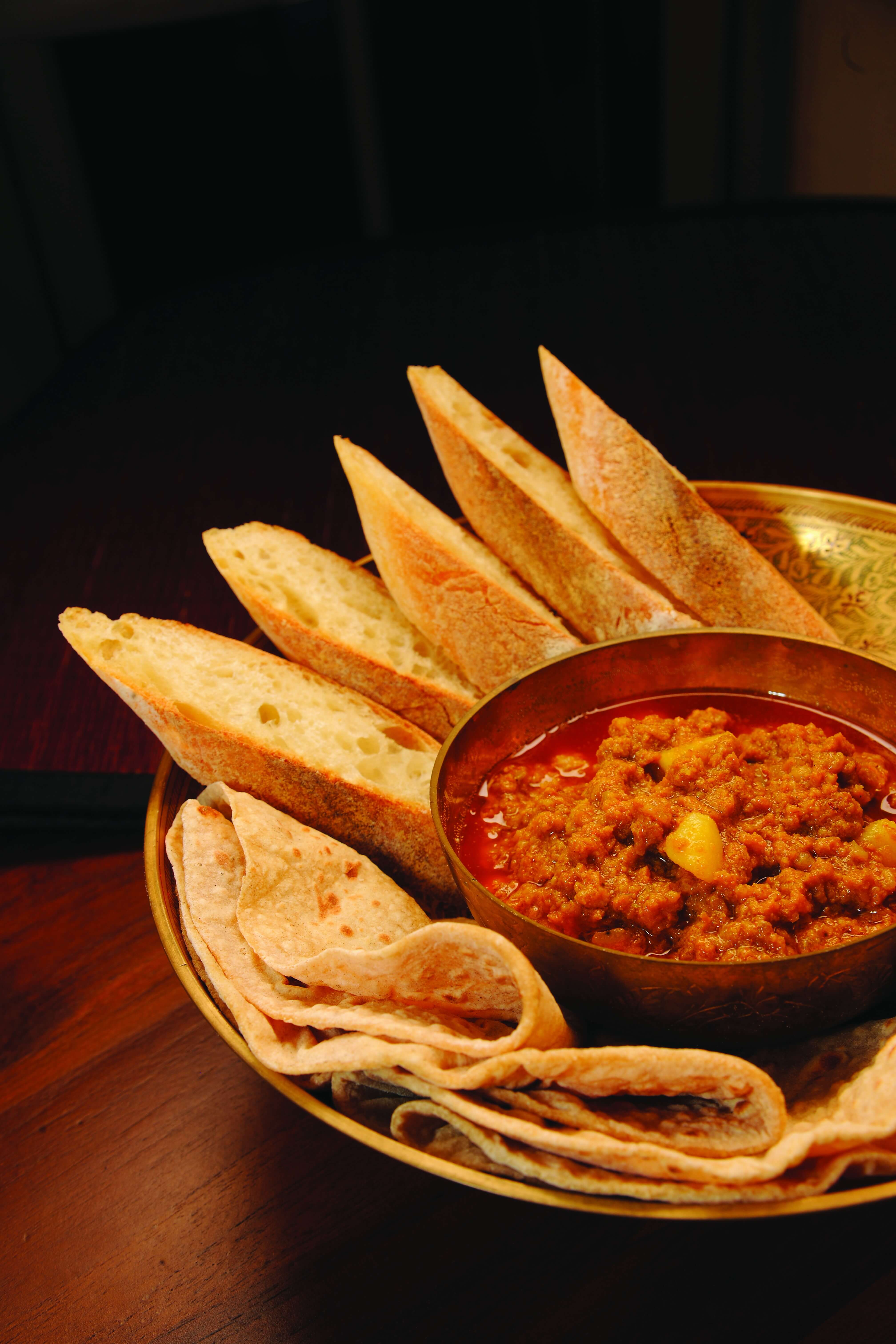 Keema
Keema
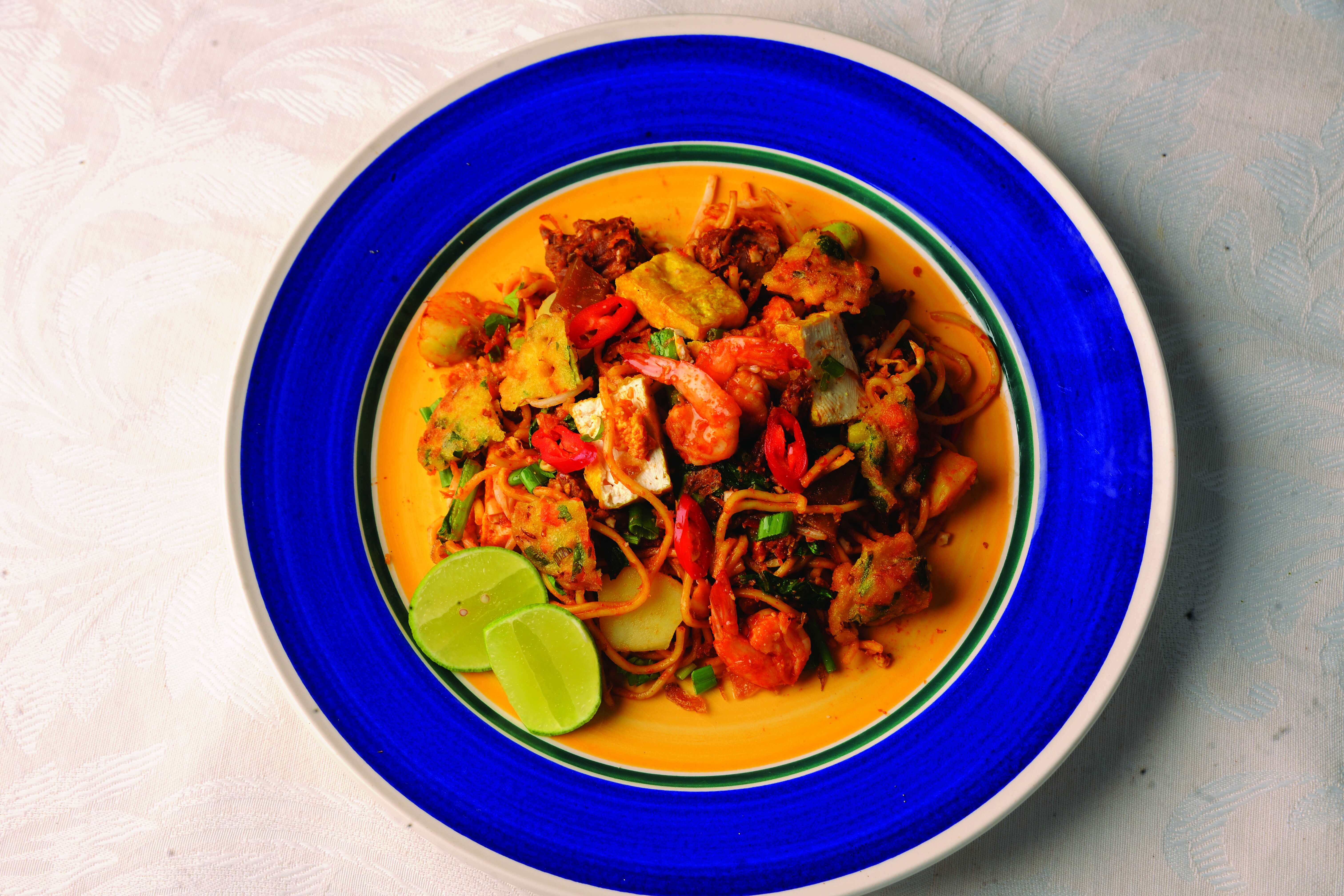 Mi Mamak
Mi Mamak
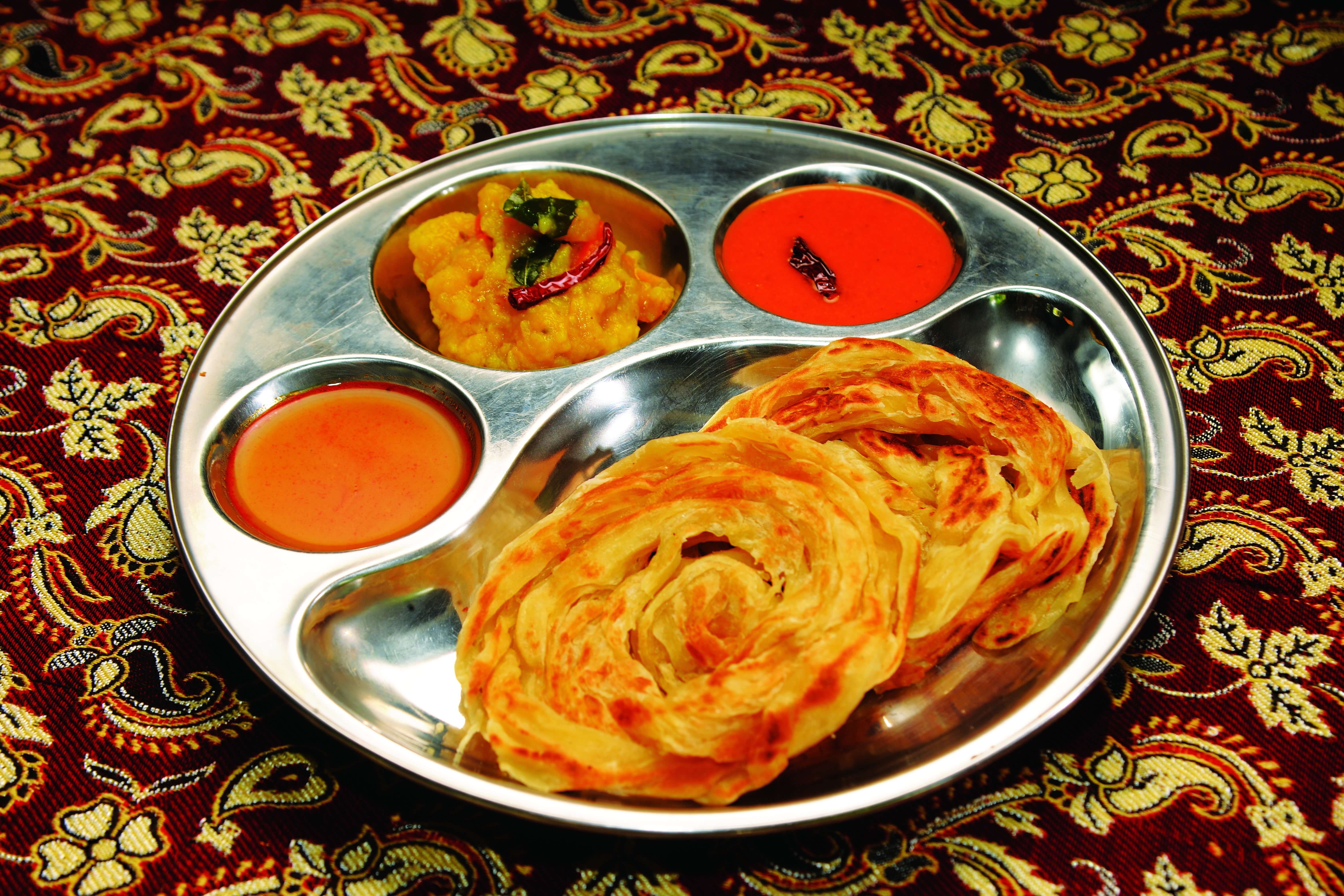 Roti canai
Roti canai
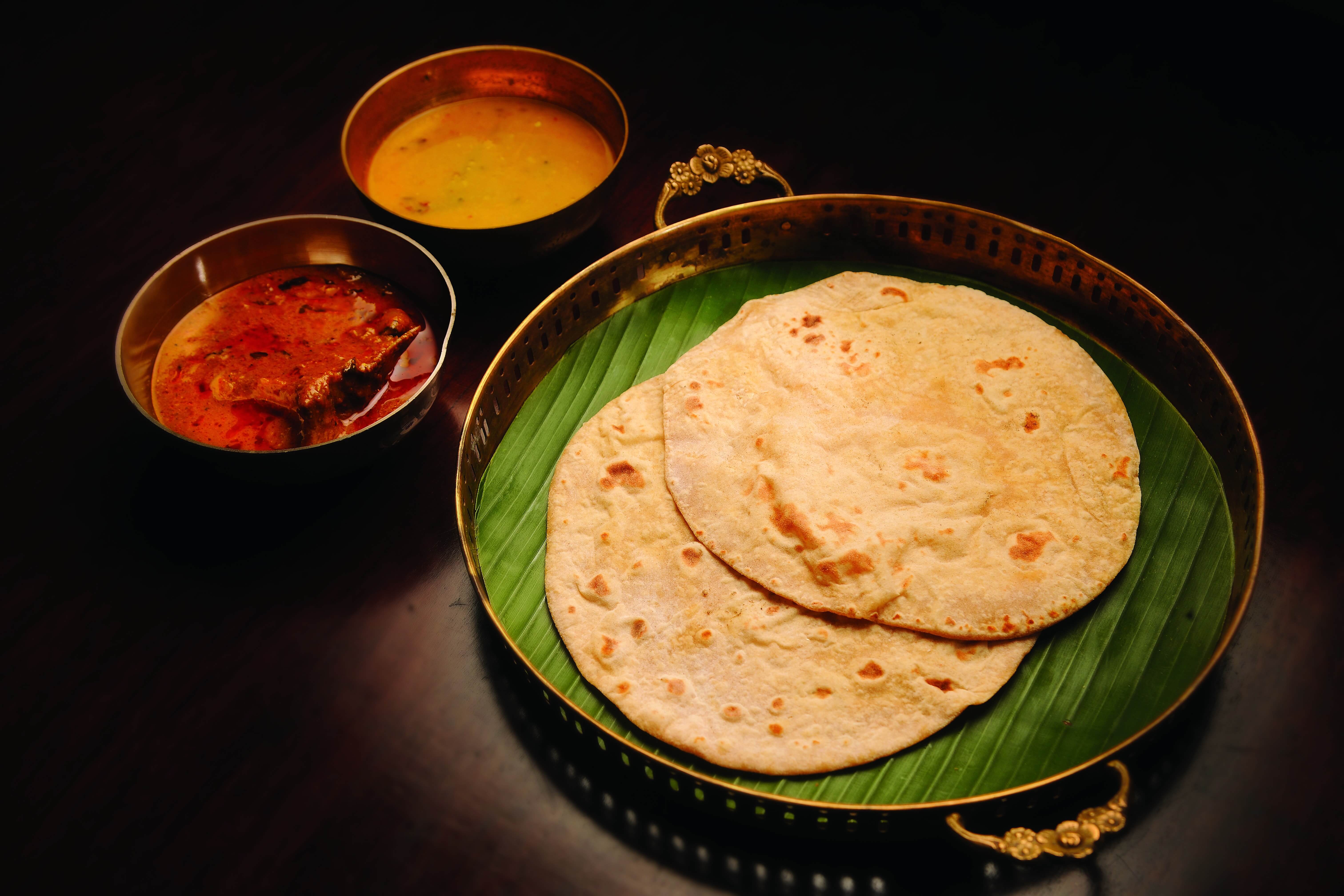 Capati
Capati
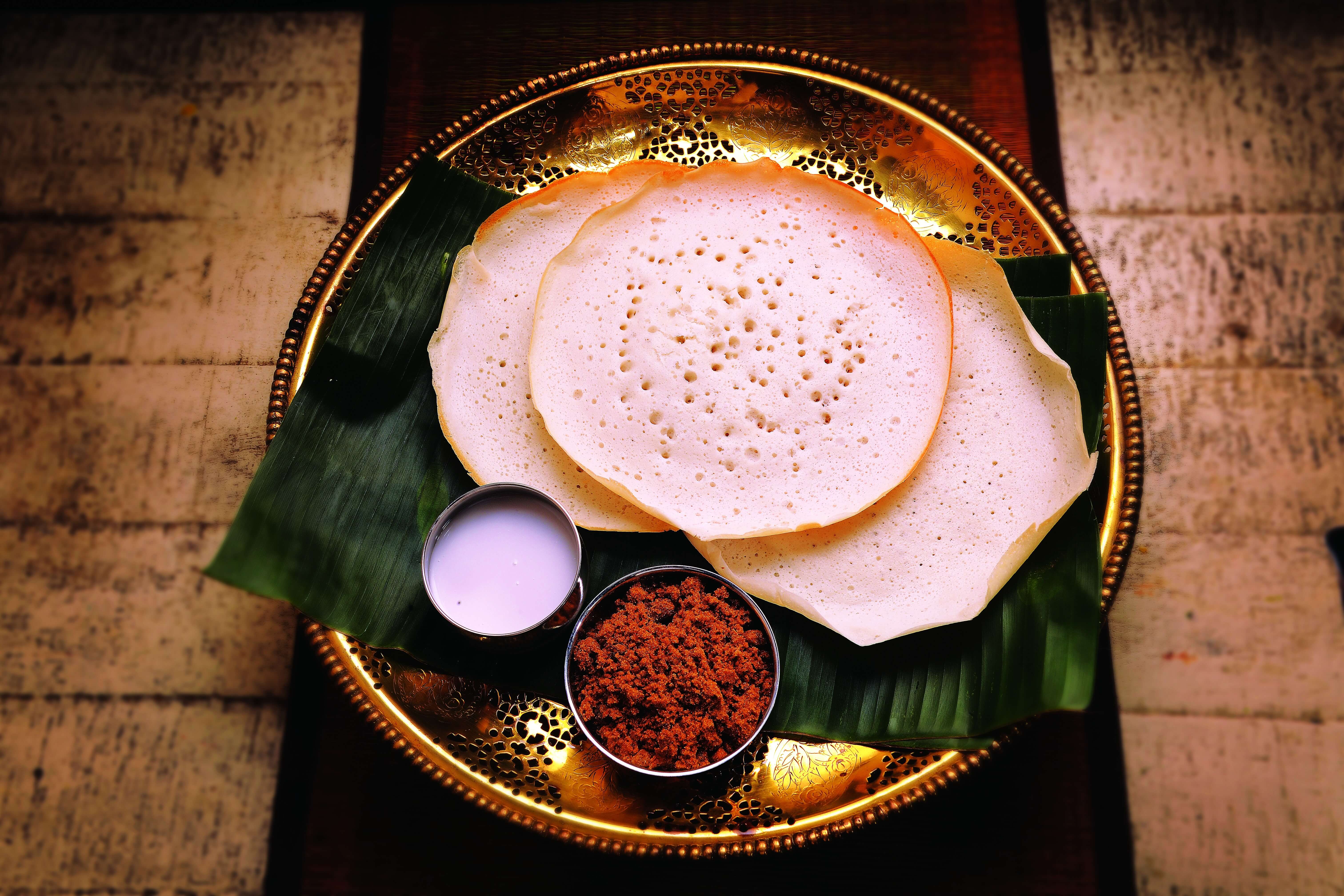 Apom
Apom
 Putu mayam
Putu mayam
4. Peranakan/ Nyonya Culinary Traditions
The Peranakans, also referred to as Straits Chinese and Baba-Nyonya, are a distinct community of localised mainland Chinese immigrants who settled in the former Straits Settlements of Penang, Melaka and Singapore between the 15th and 20th centuries and have interculturally married with the locals. Peranakan Chinese food contains both Chinese and indigenous (mainly Malay and Indonesian) elements as well as the Nyonya’s own innovations. The food is generally spicy, characterised by the use of sambal (chilli paste) and curry. The Peranakan Chinese are also well known for their kuih (sweets and pastries). Penang Nyonya food differs from the Melaka Nyonya style as it has Thai influences.
 Ayam masak buah keluak
Ayam masak buah keluak
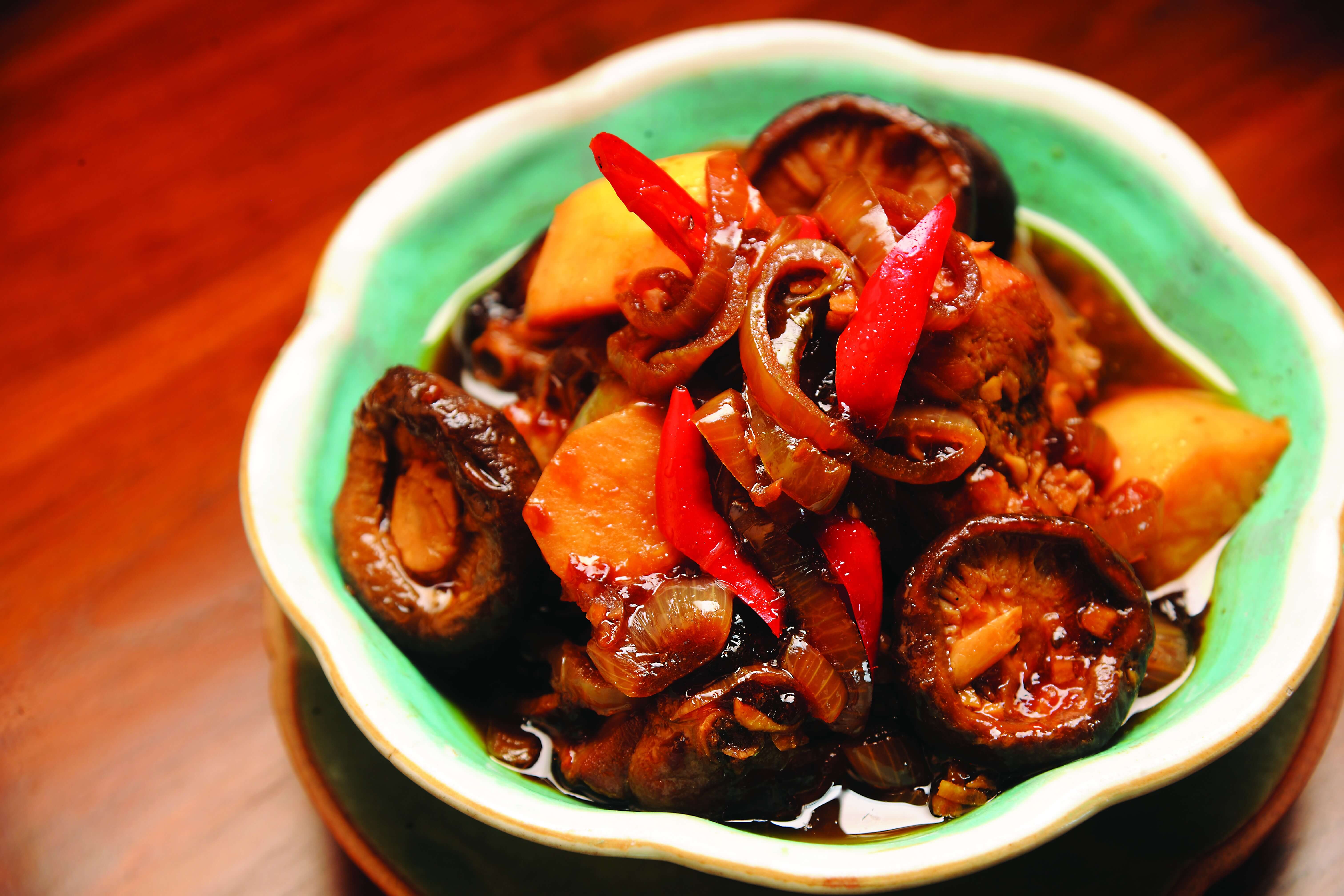 Ayam pong teh
Ayam pong teh
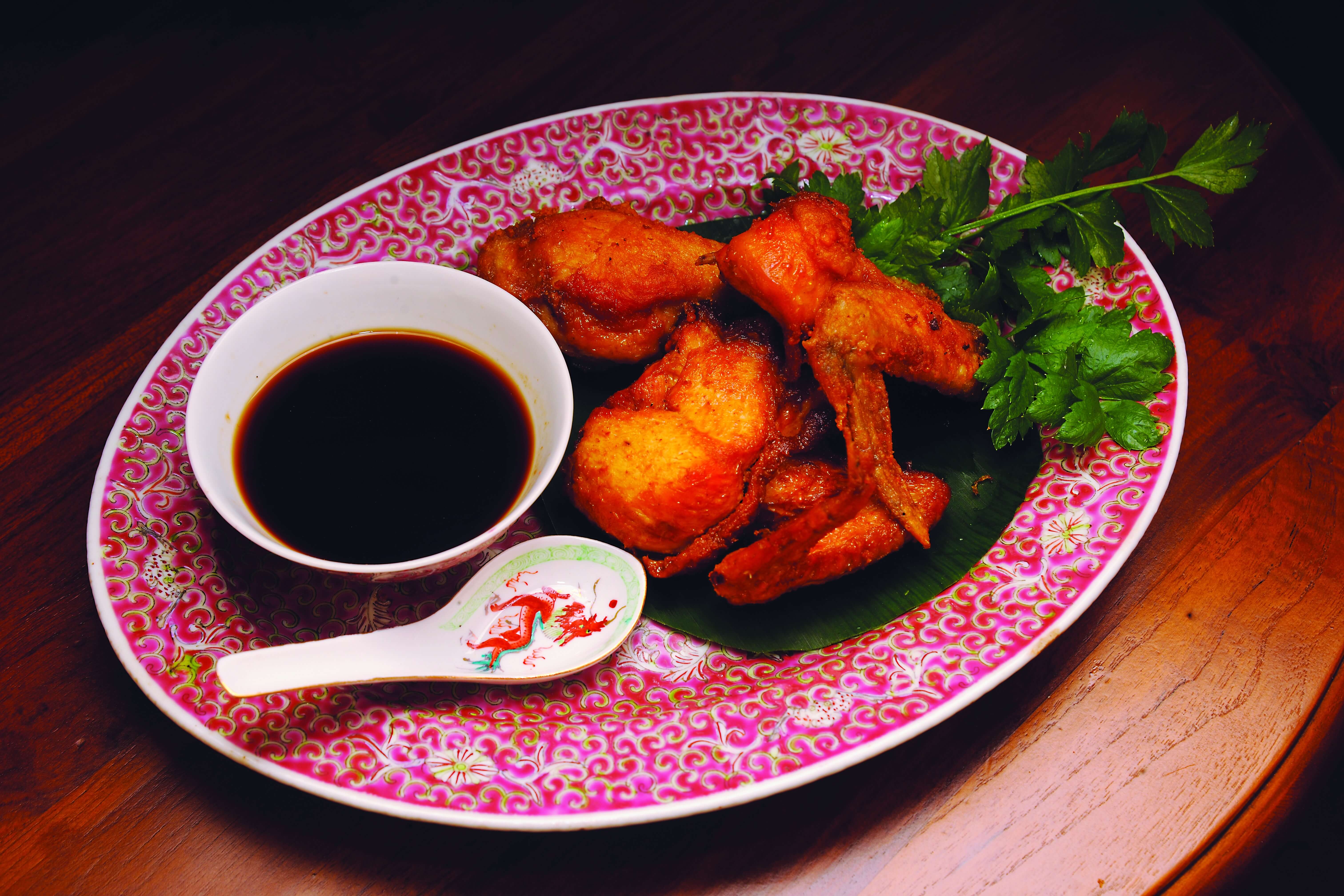 Inche kabin
Inche kabin
 Pulut tekan dengan sri kaya
Pulut tekan dengan sri kaya
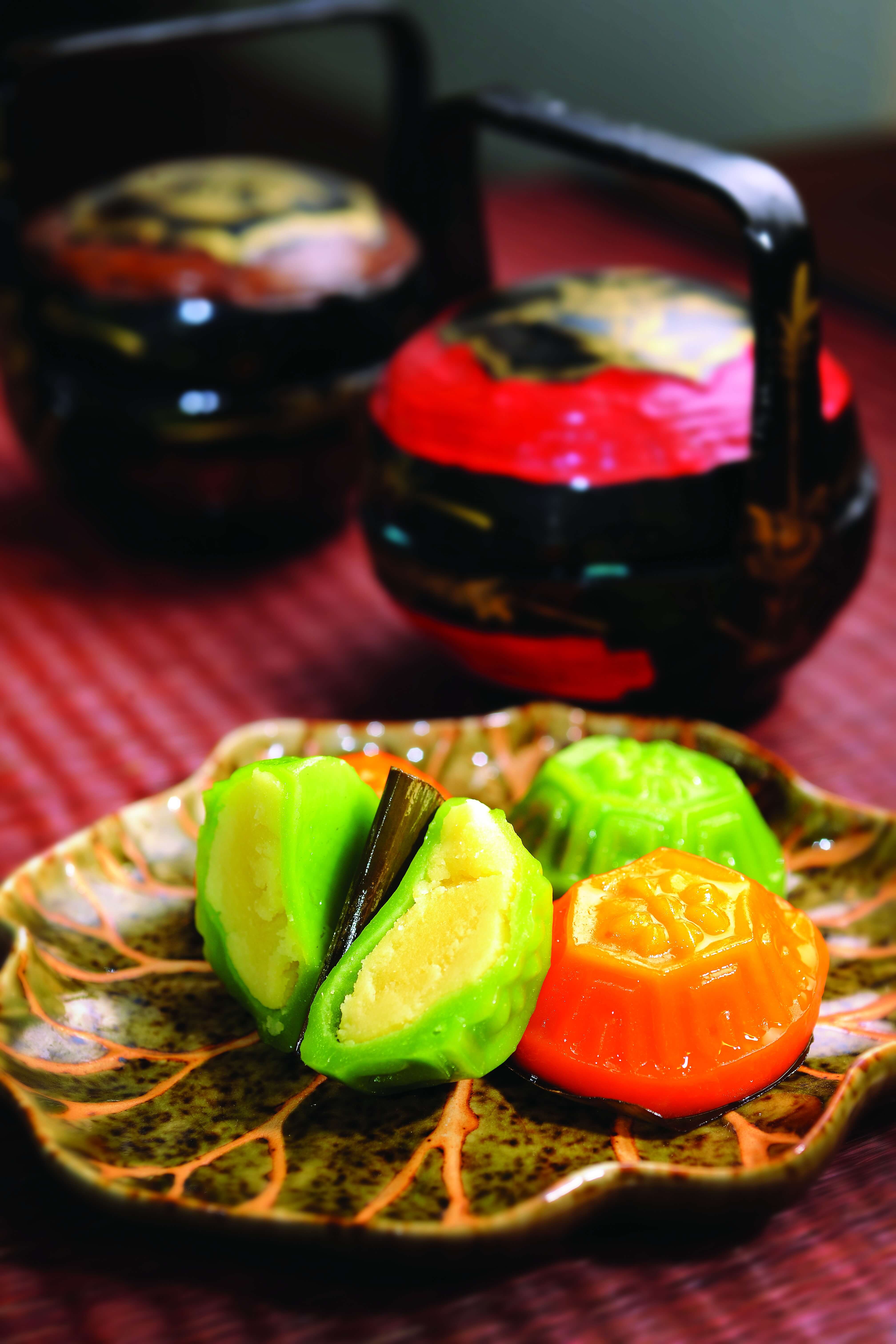 Kuih angku/ Kuih peria
Kuih angku/ Kuih peria
5. Eurasians’ Culinary Traditions
Most Malaysian Eurasians traced their origins to the former Portuguese – Malay community of Portuguese Melaka in the 16th and 17th centuries, although some are descendants of unions between other colonial powers – the Dutch and the British- and local women. The piquant flavours and variety of cuisine of the Melaka Portuguese reflect the syncretism evident in their culture, with creative variations to cater for more cosmopolitan palates.
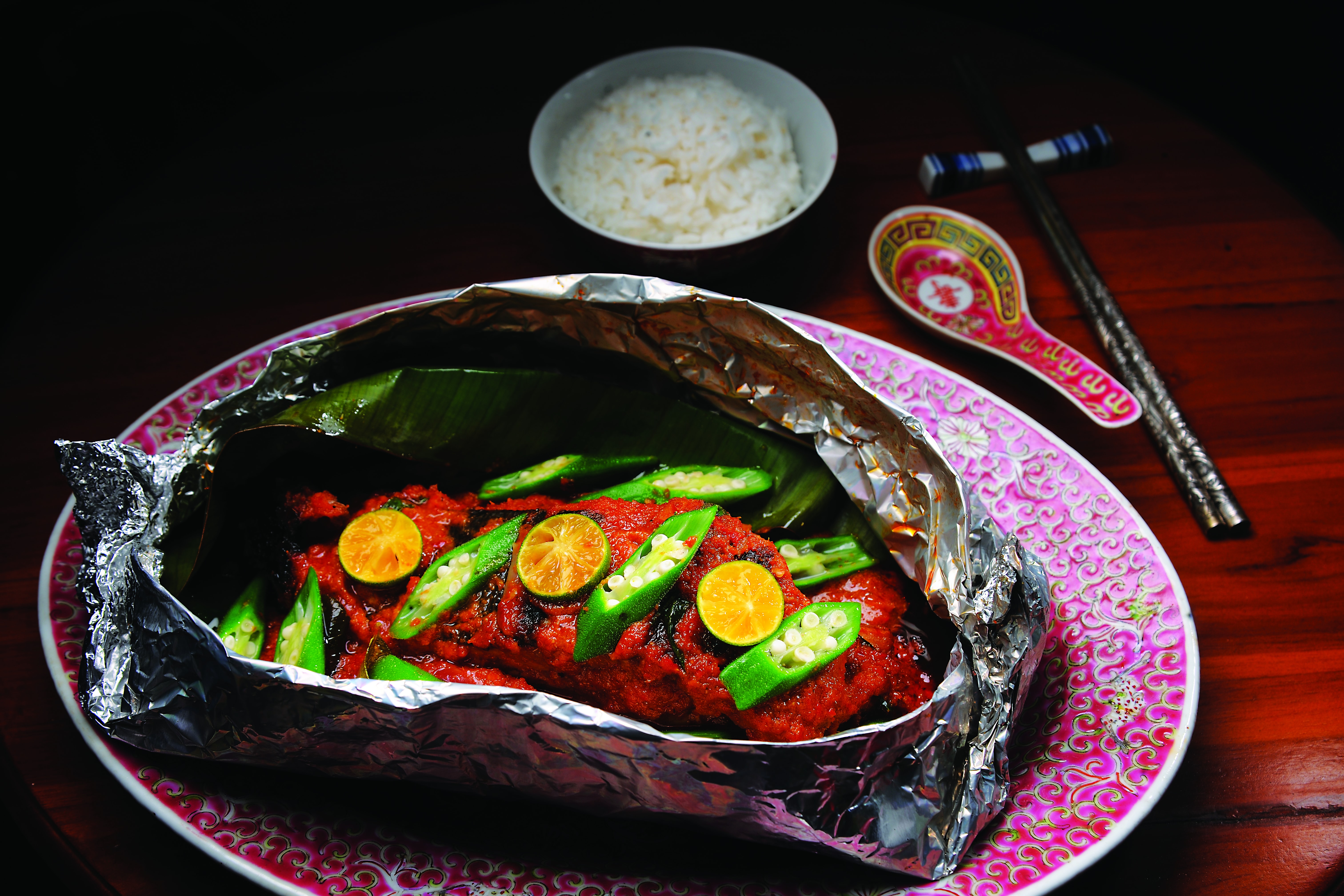 Portuguese baked fish
Portuguese baked fish

Devil curry
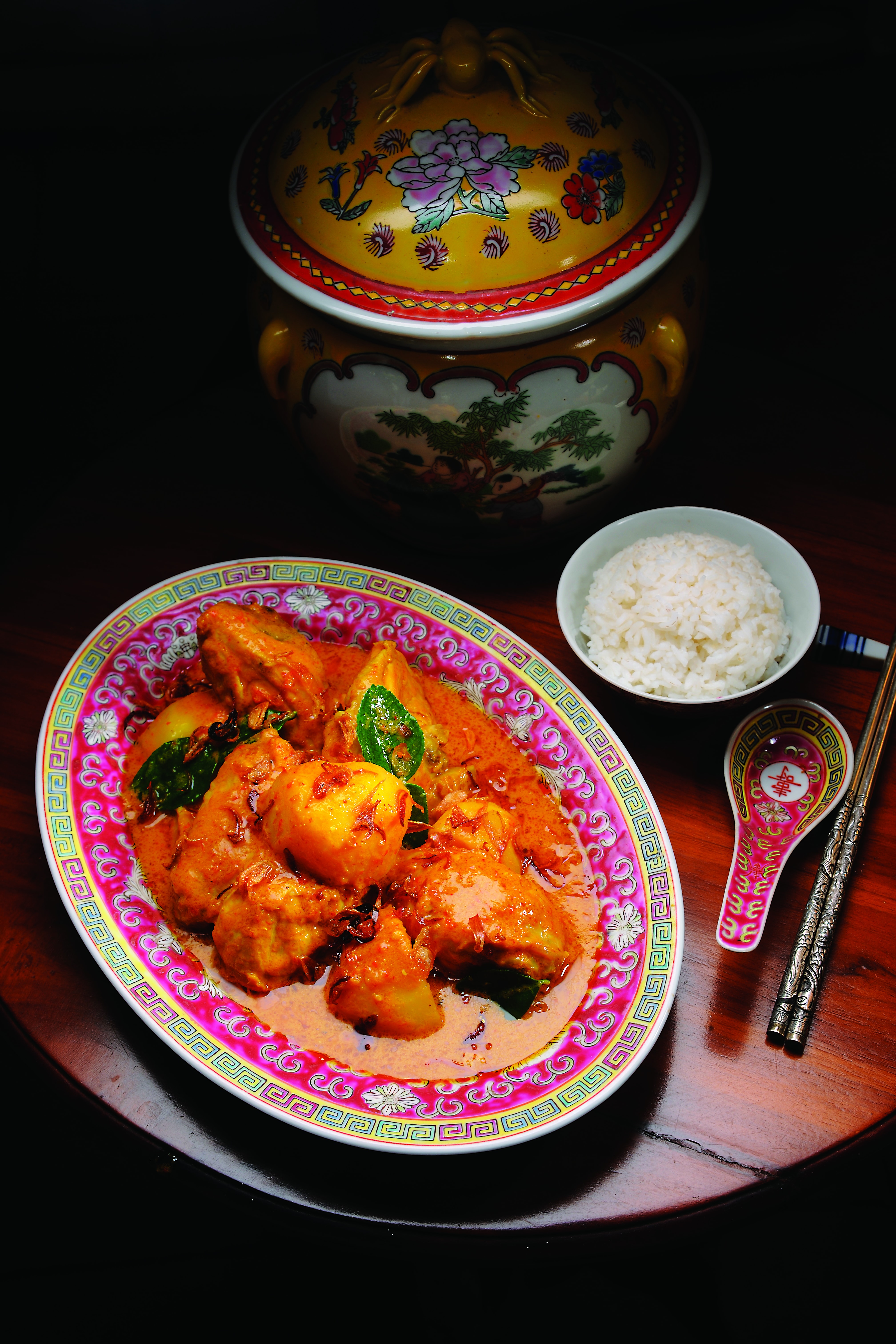
Kari Kapitan
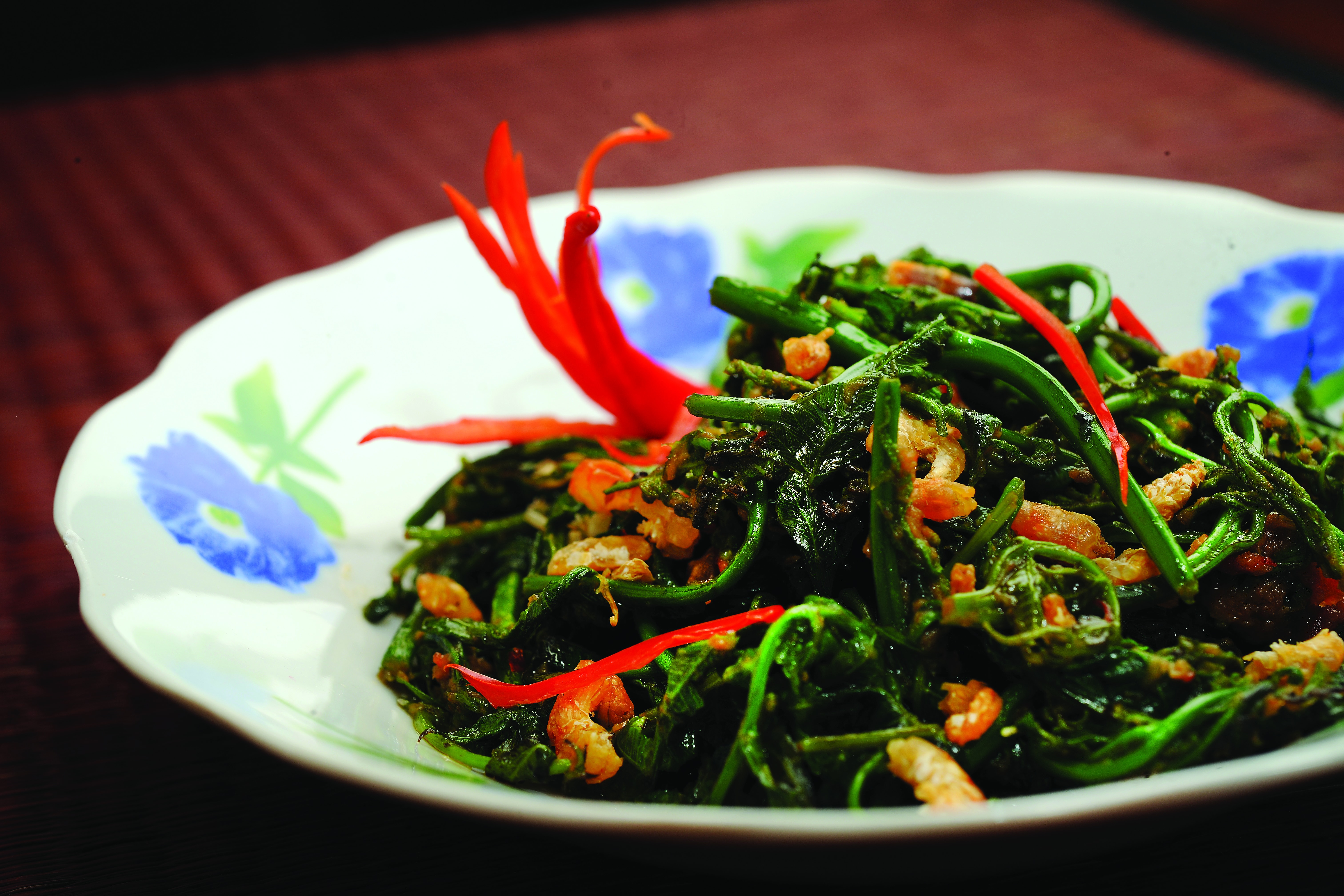 Sambal belacan vegetables – Sayur Midin Goreng
Sambal belacan vegetables – Sayur Midin Goreng

Bubur cha cha
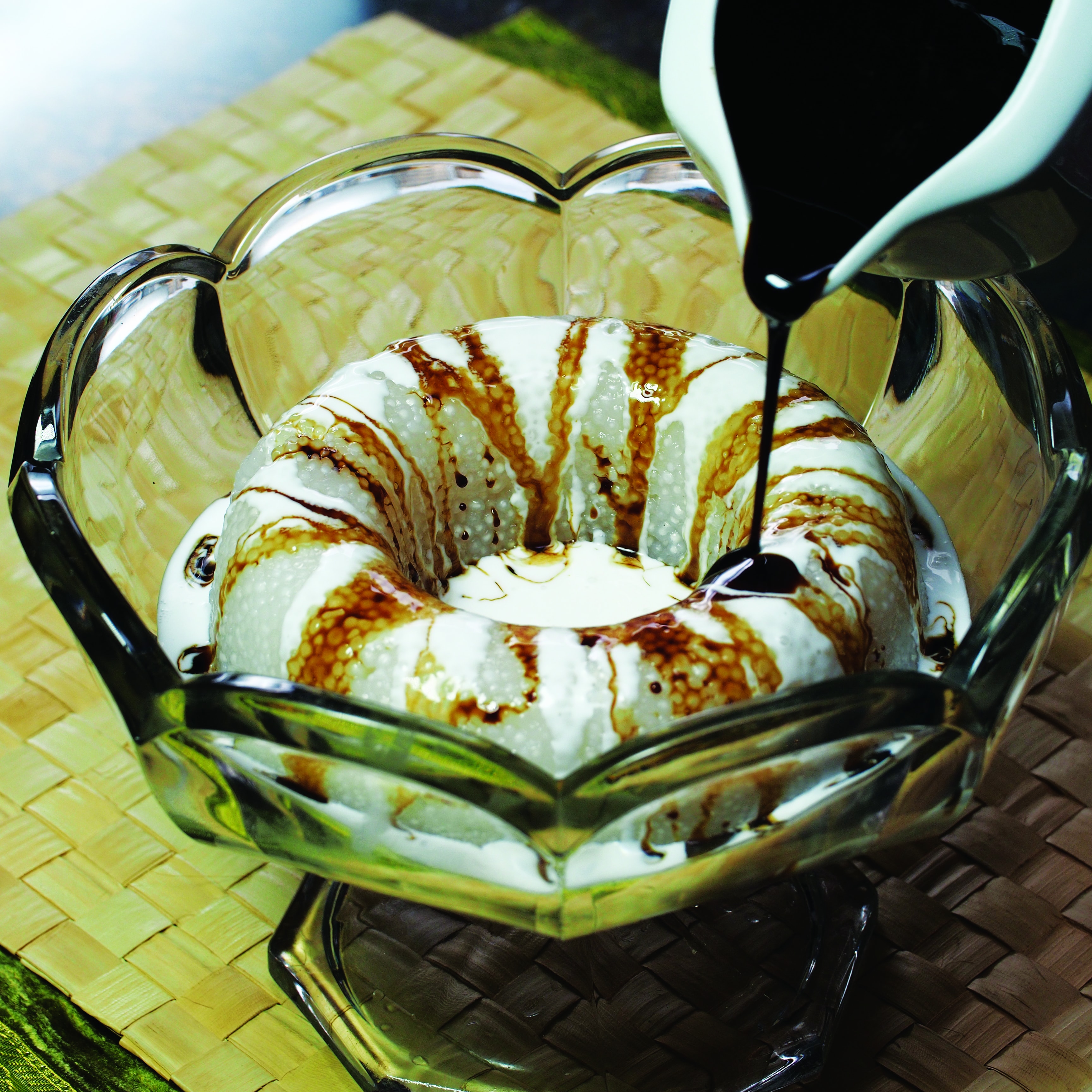
Sago gula Melaka
6. Sarawak’s Culinary Heritage
Sarawak’s diverse ethnic population of over two million people comprises over 20 indigenous groups as the main ones being Iban (or Sea Dayak), Malays, Bidayuh (or land Dayak), Melanau and Orang Ulu. About 30% are non-indigenous people. The majority of them are Chinese with Indians, Indonesians, Eurasians, Europeans and other minorities comprising smaller minorities. Each has their own cultural, religious and artistic traditions and customs. This has resulted in a wealth of variety and flavours of the Sarawakian kitchen- an amalgamation of geography, landscape, diverse ethnic heritage and a rich heritage.
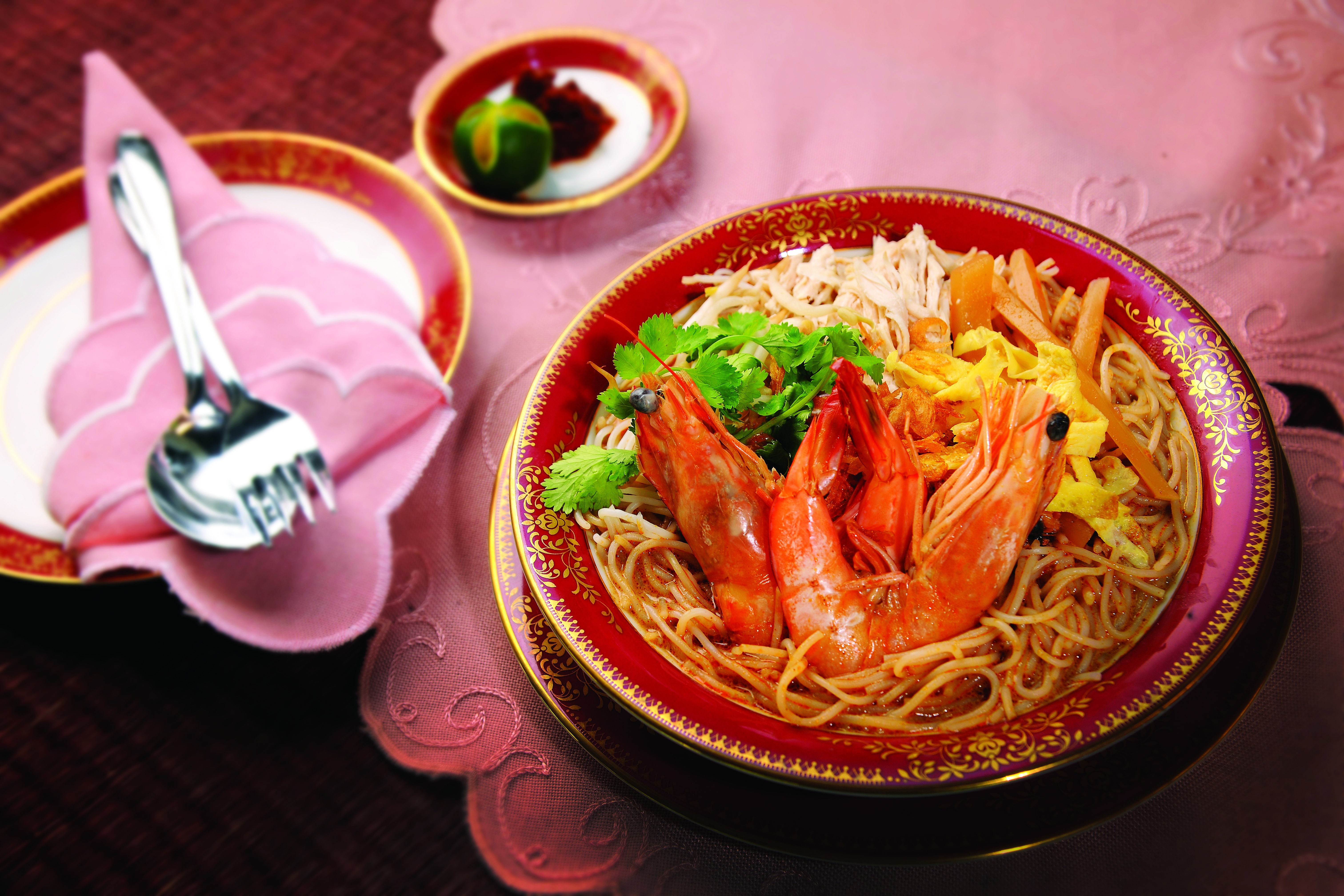
Laksa Sarawak
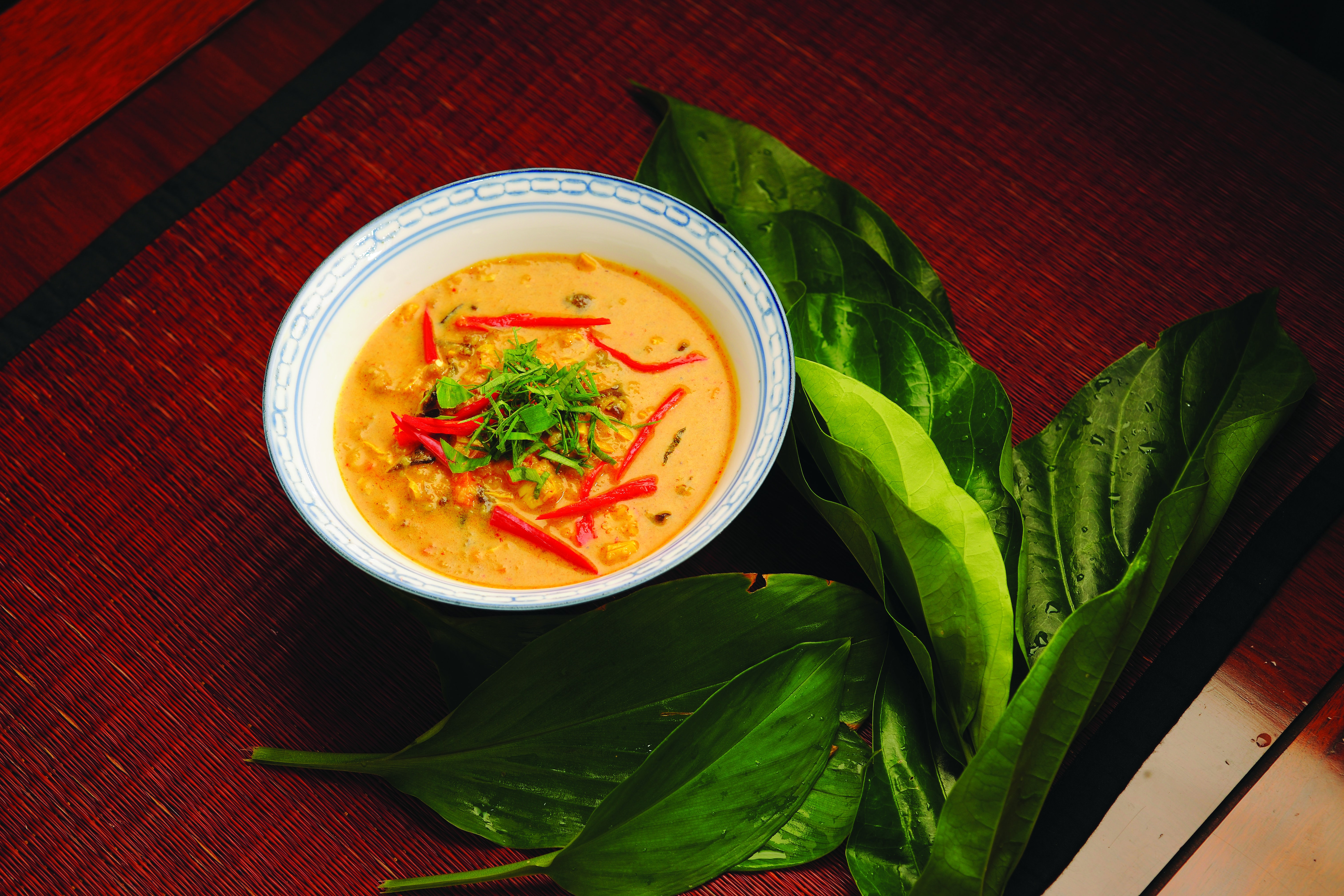
Bubur pedas Sarawak
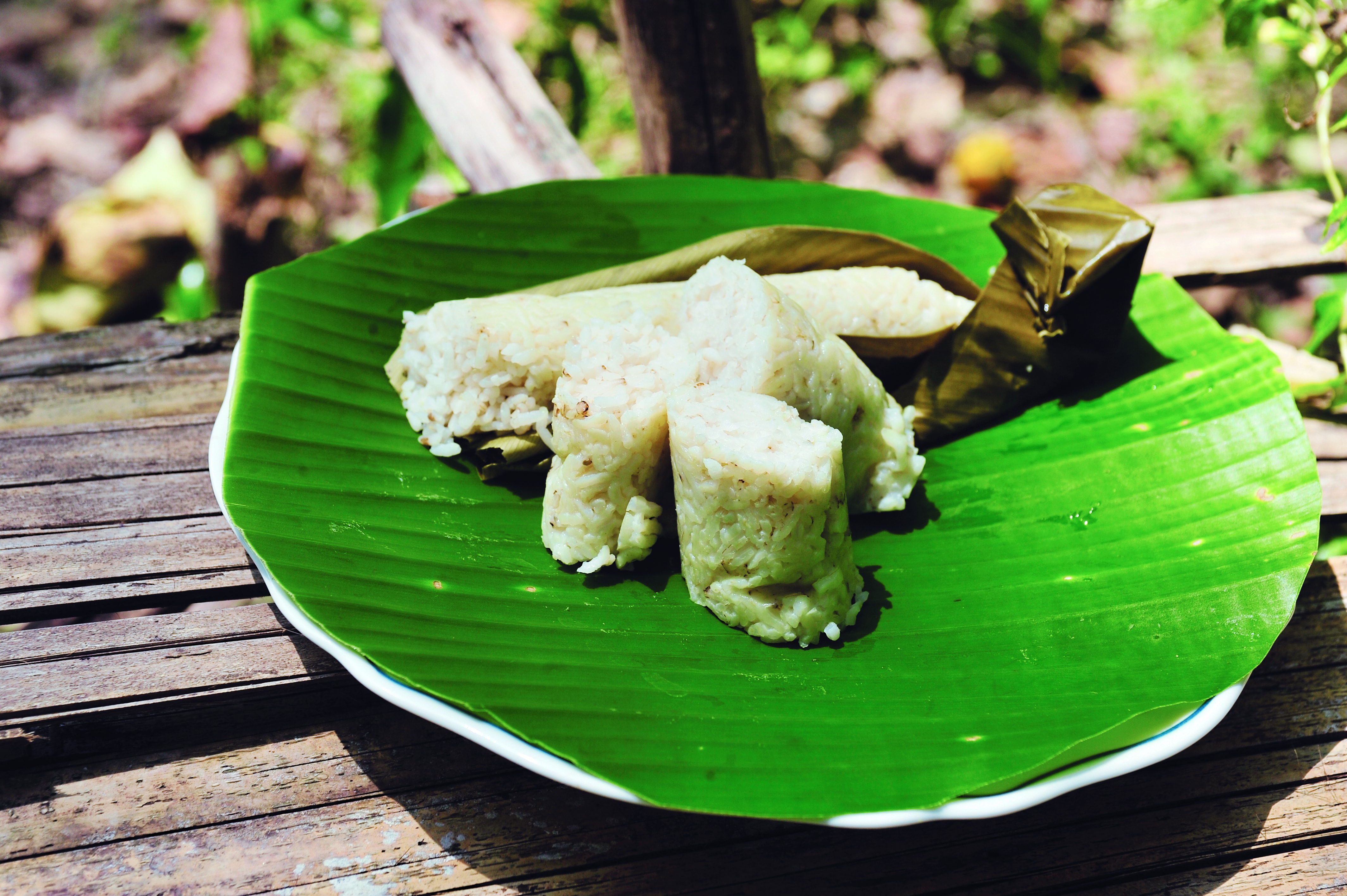
Nasi dalam buluh
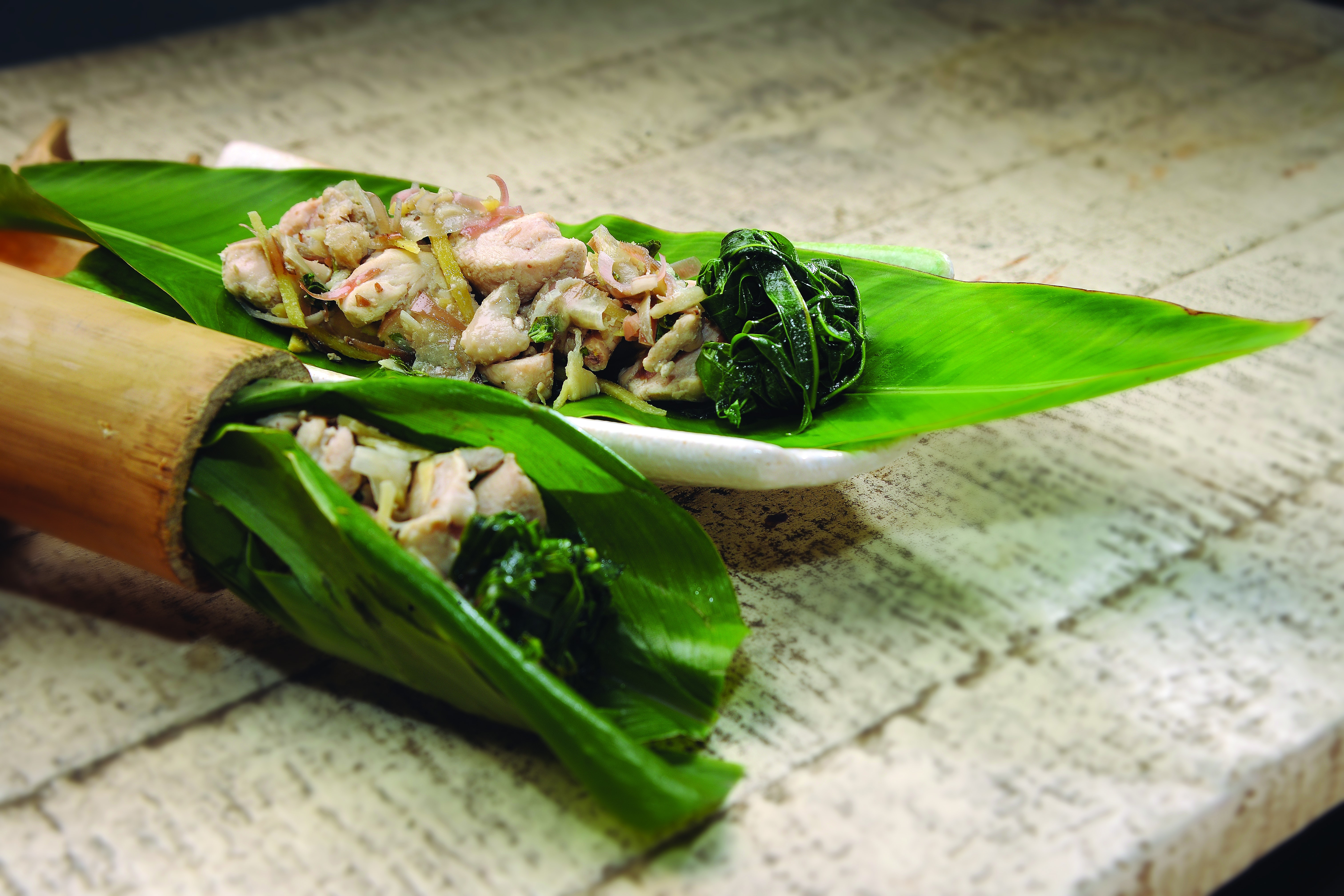 Manuk pansoh
Manuk pansoh
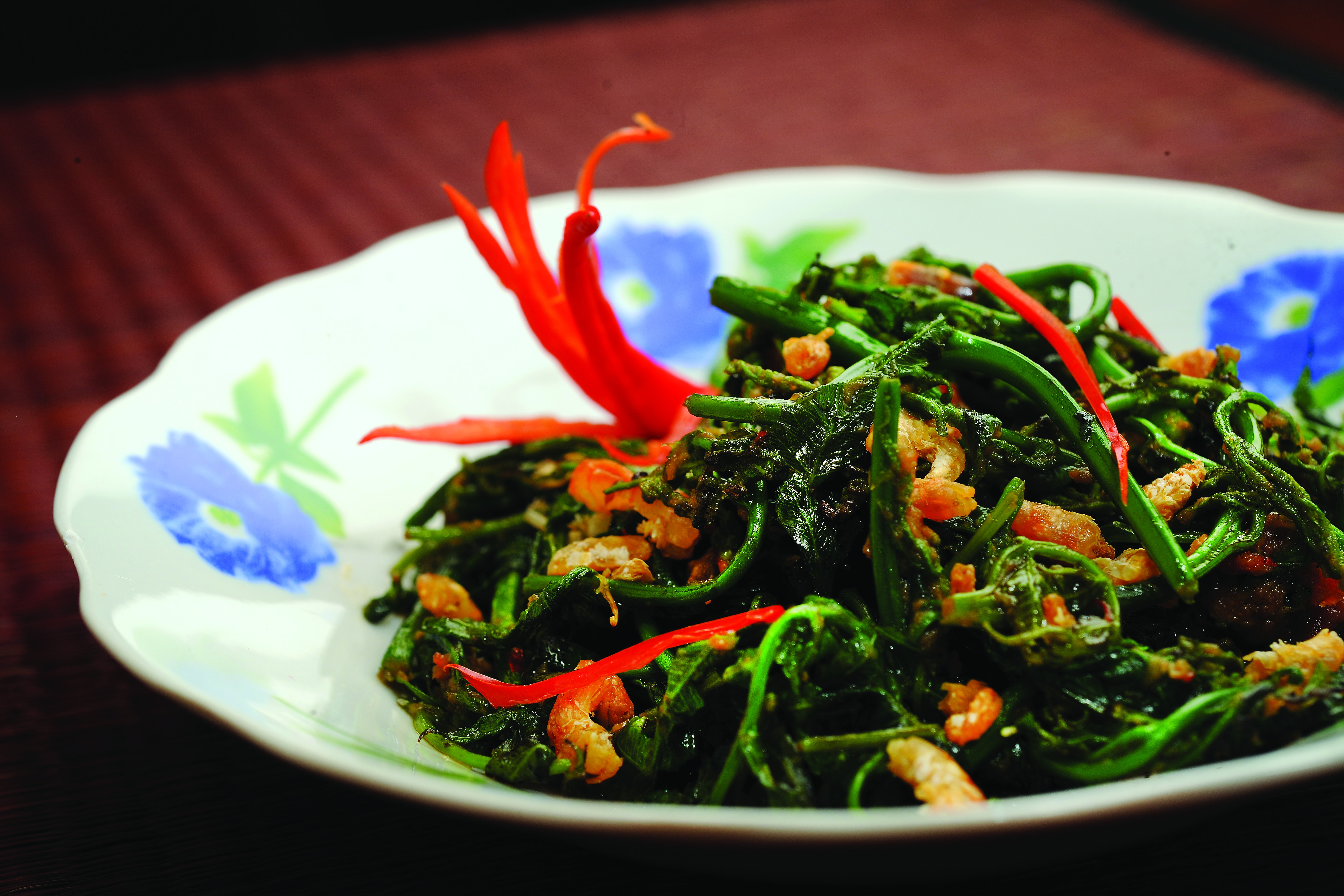
Sayur midin goreng
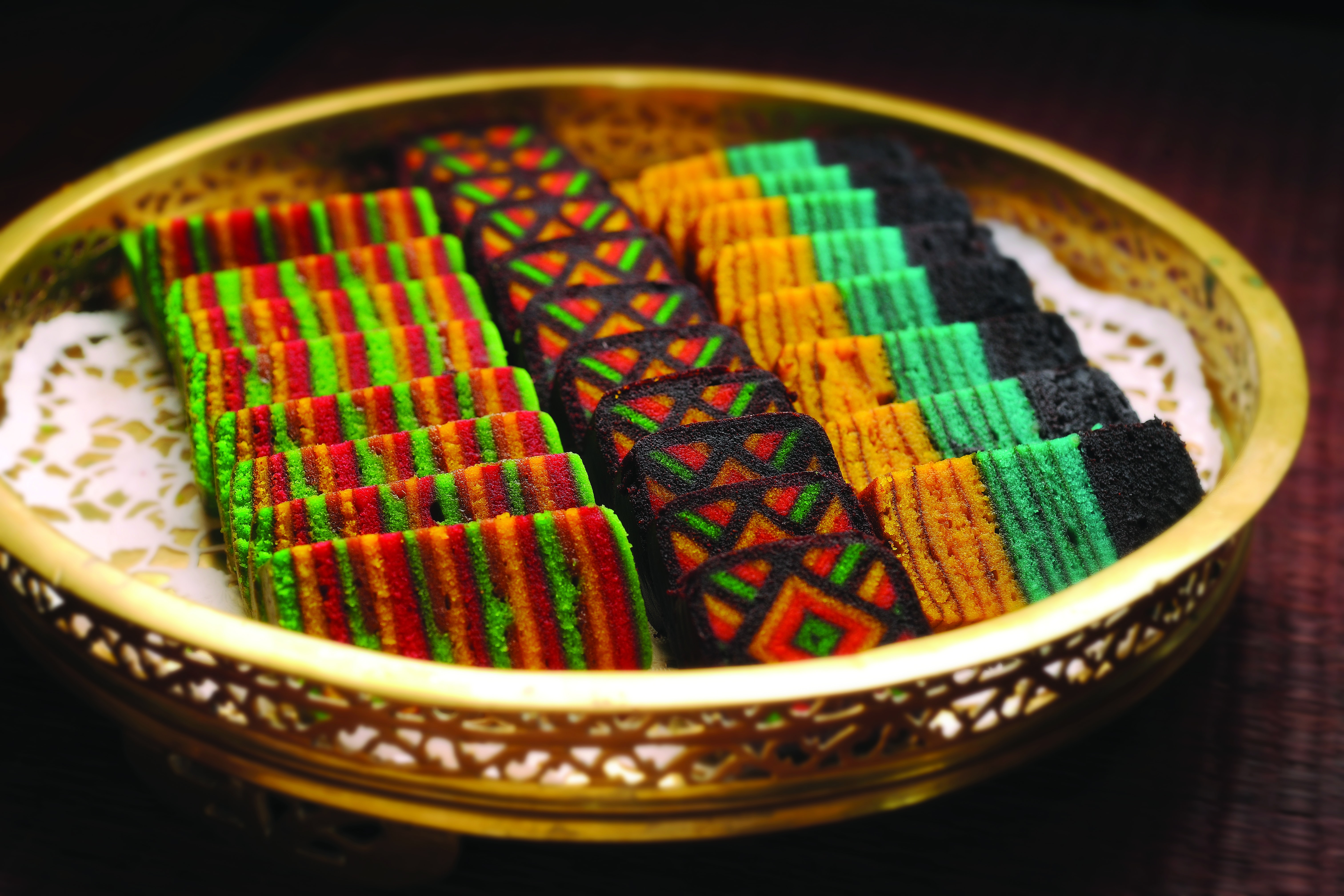
Kek lapis Sarawak

Kuih cincin
7. Sabah’s Culinary Heritage
Sabah is home to some 50 ethnic groups, with about 30 regarded as indigenous to the state. Their culinary heritage is also varied but can easily be divided into three categories, which are the food of:
- the Bajau, Suluk, Iranun, Tombonuo, orang Sungai, Cagayan, Brunei and Bugis,
- the Kadazandusun and Murut
- the Chinese.

Ambuyat
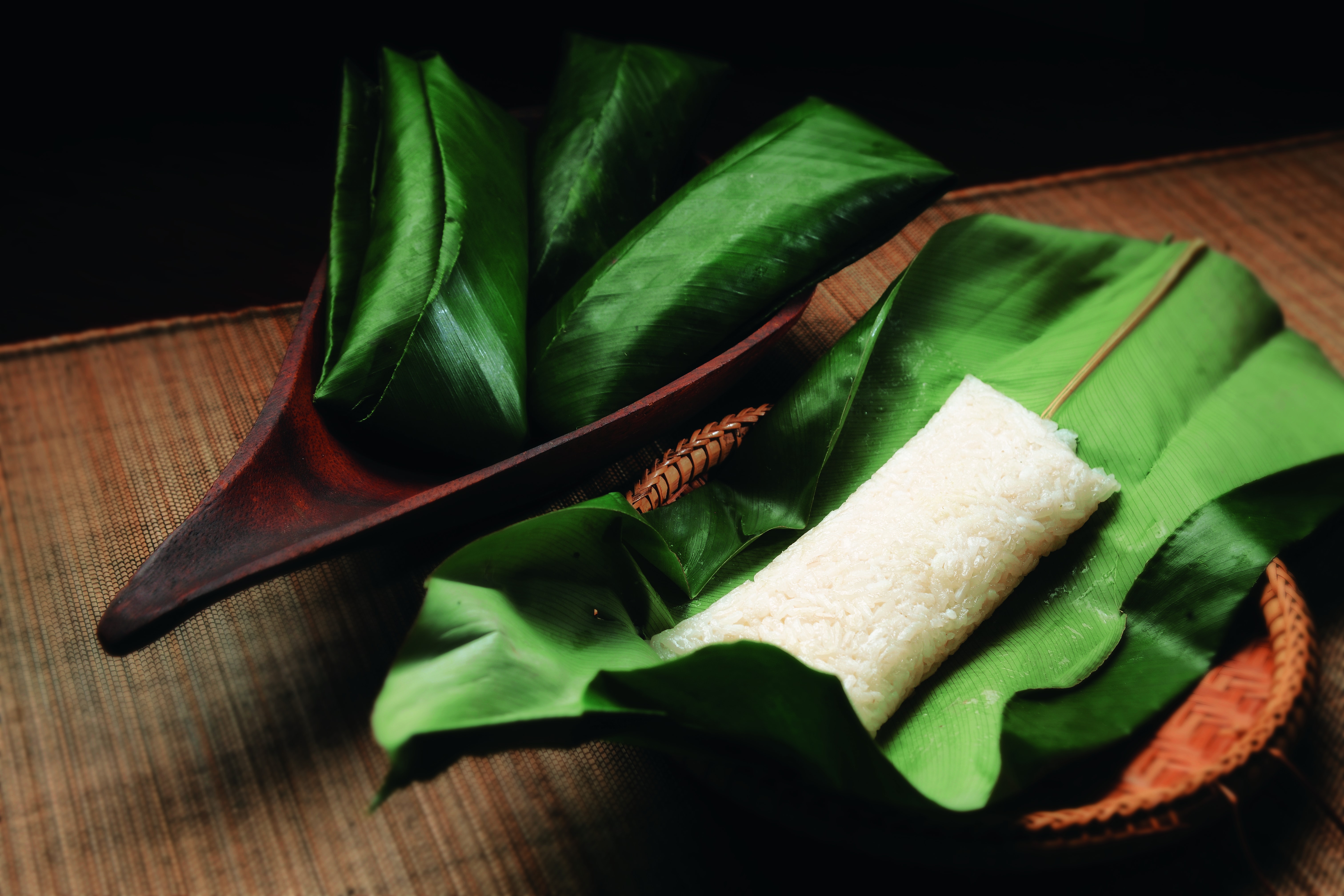 Kelupis
Kelupis
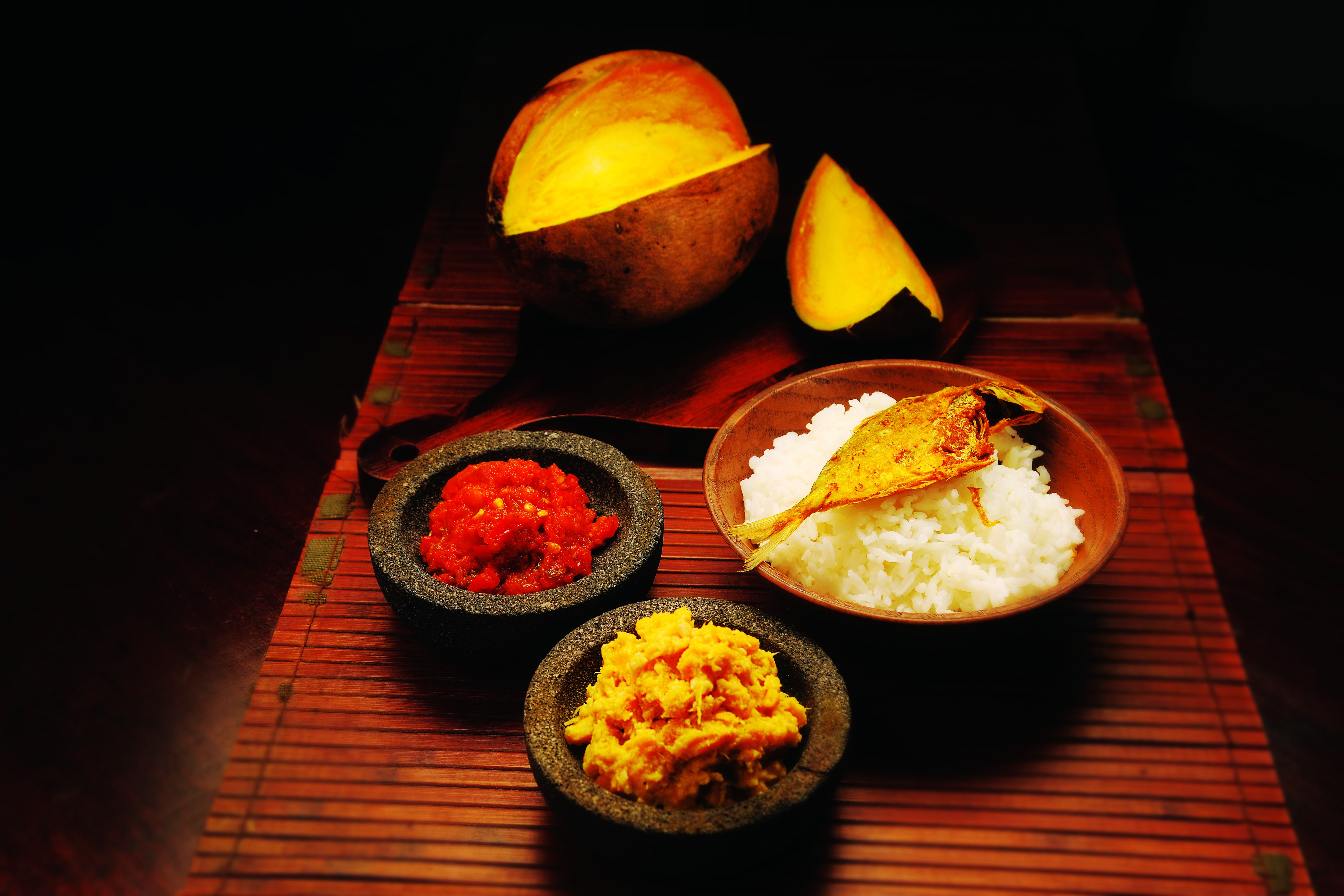 Noonsom (Bambangan)
Noonsom (Bambangan)
 Hinava/umai (also popular in Sarawak)
Hinava/umai (also popular in Sarawak)
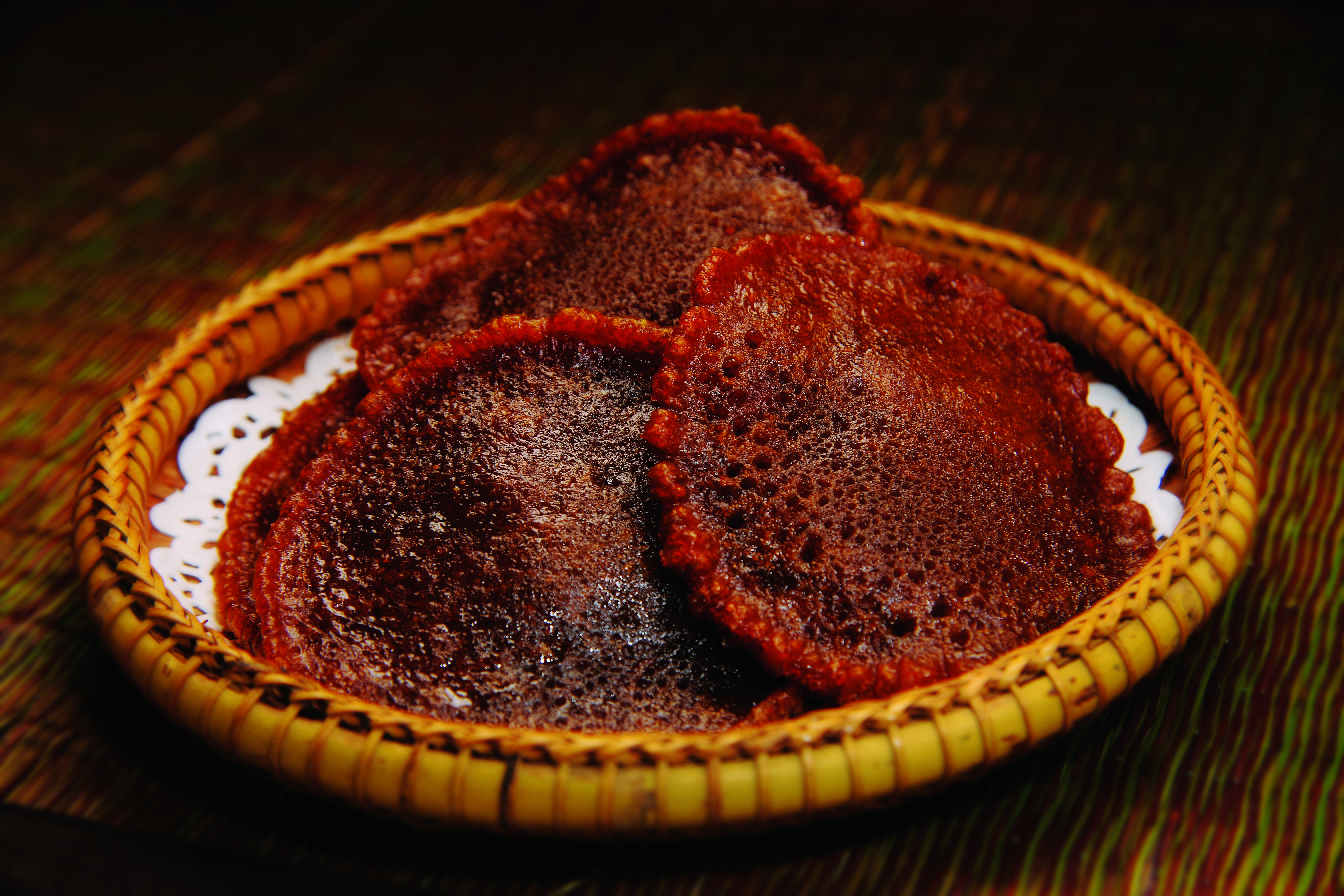
Cucur Jawa/ Cucur Topi/kuih Penyaram
Not only is Malaysia’s Culinary Heritage an album of nostalgic memories, giving a taste of Malaysia in both food and pictures, it is an important record, a distinguished culinary legacy for both present-day and future generations of cooks.
—
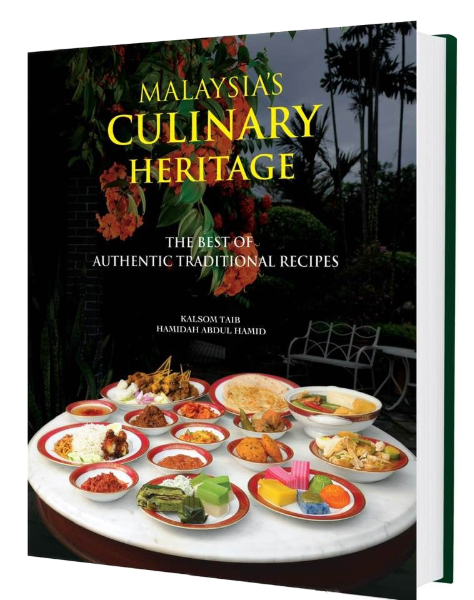
“Malaysia’s Culinary Heritage: The Best of Authentic Traditional Recipes”, is a compilation of 230 recipes that capture the unique flavours and textures of Malaysian food and place it among the world’s most varied and exciting cuisines. Out of the 230, 213 has been gazetted by the Department of National Heritage as traditional foods under the National Heritage Act (Act 645). Not only is it an album of nostalgic memories, giving a taste of Malaysia in both food and pictures, it is an important record, a distinguished culinary legacy for both present day and future generations of cooks.
To purchase the Malaysia’s Culinary Heritage Book,
WhatsApp us at +60173899250
—

